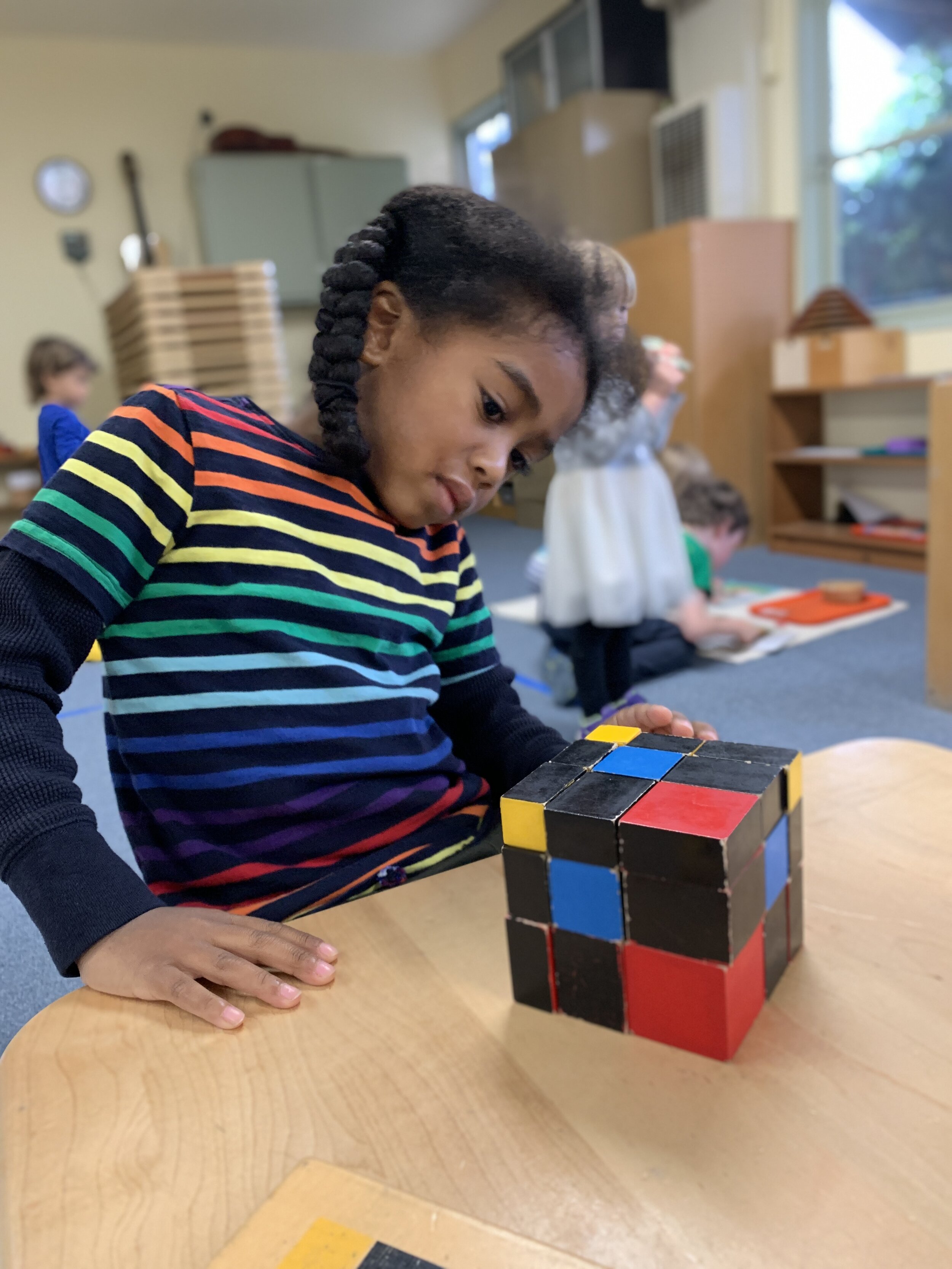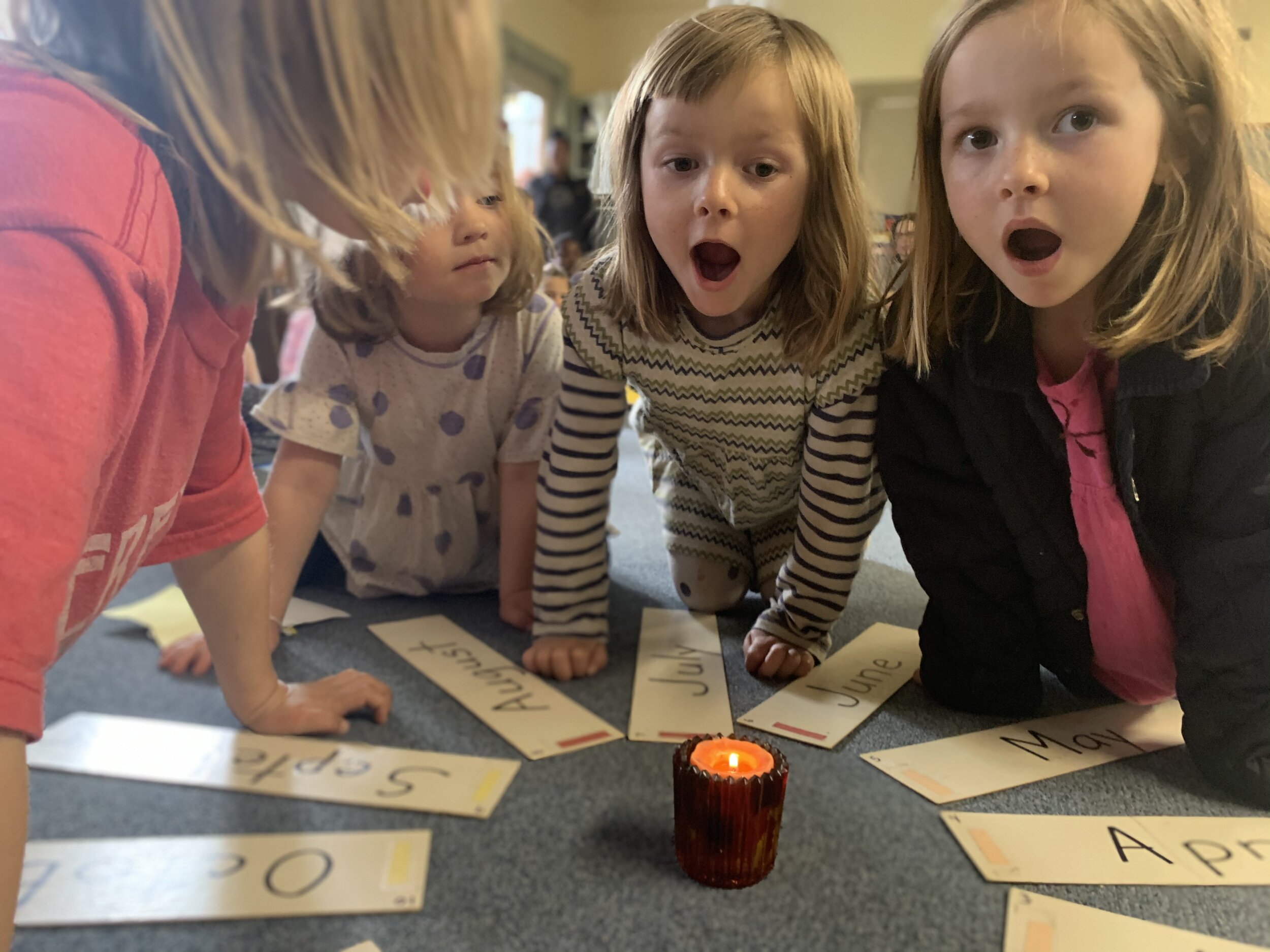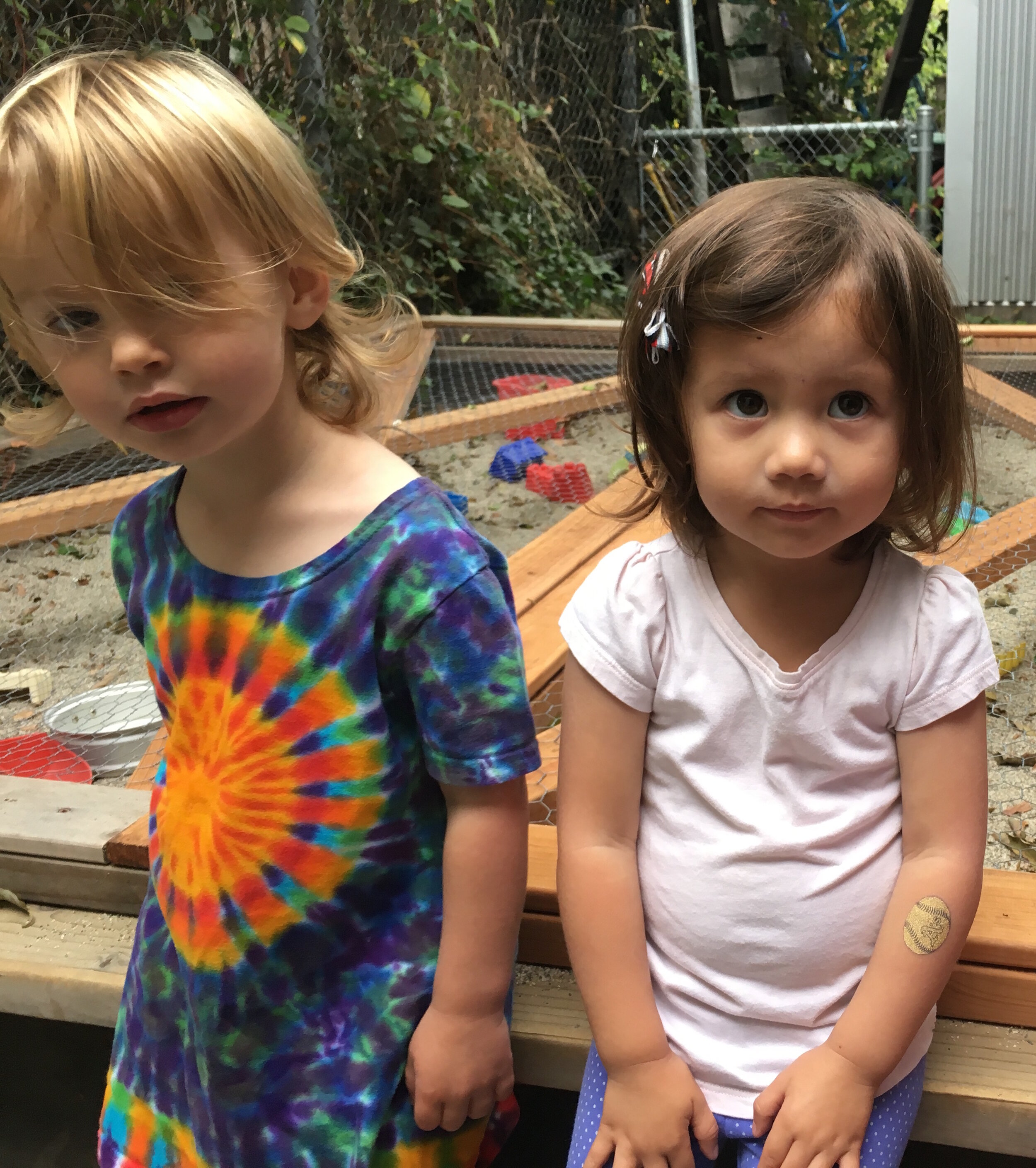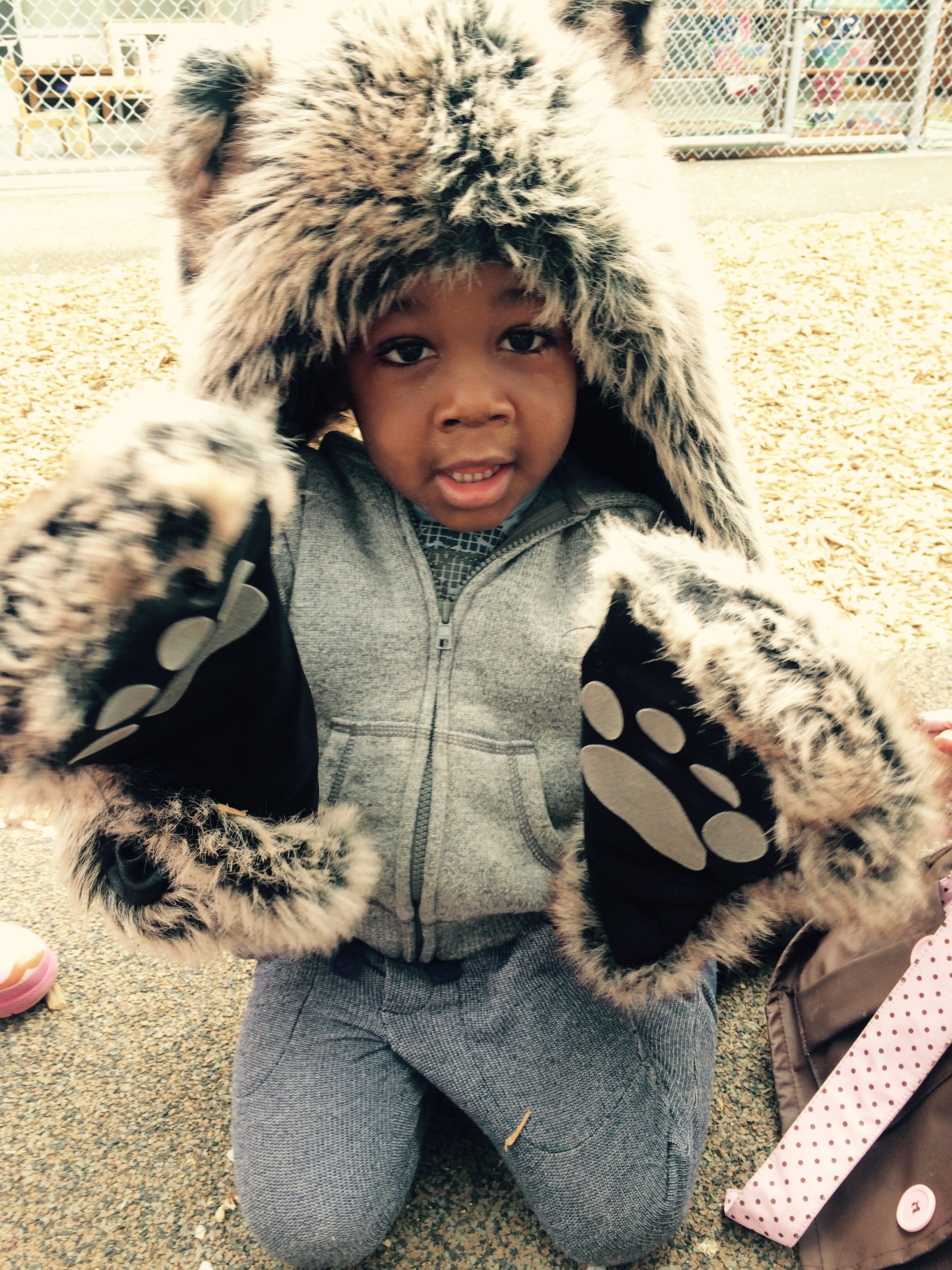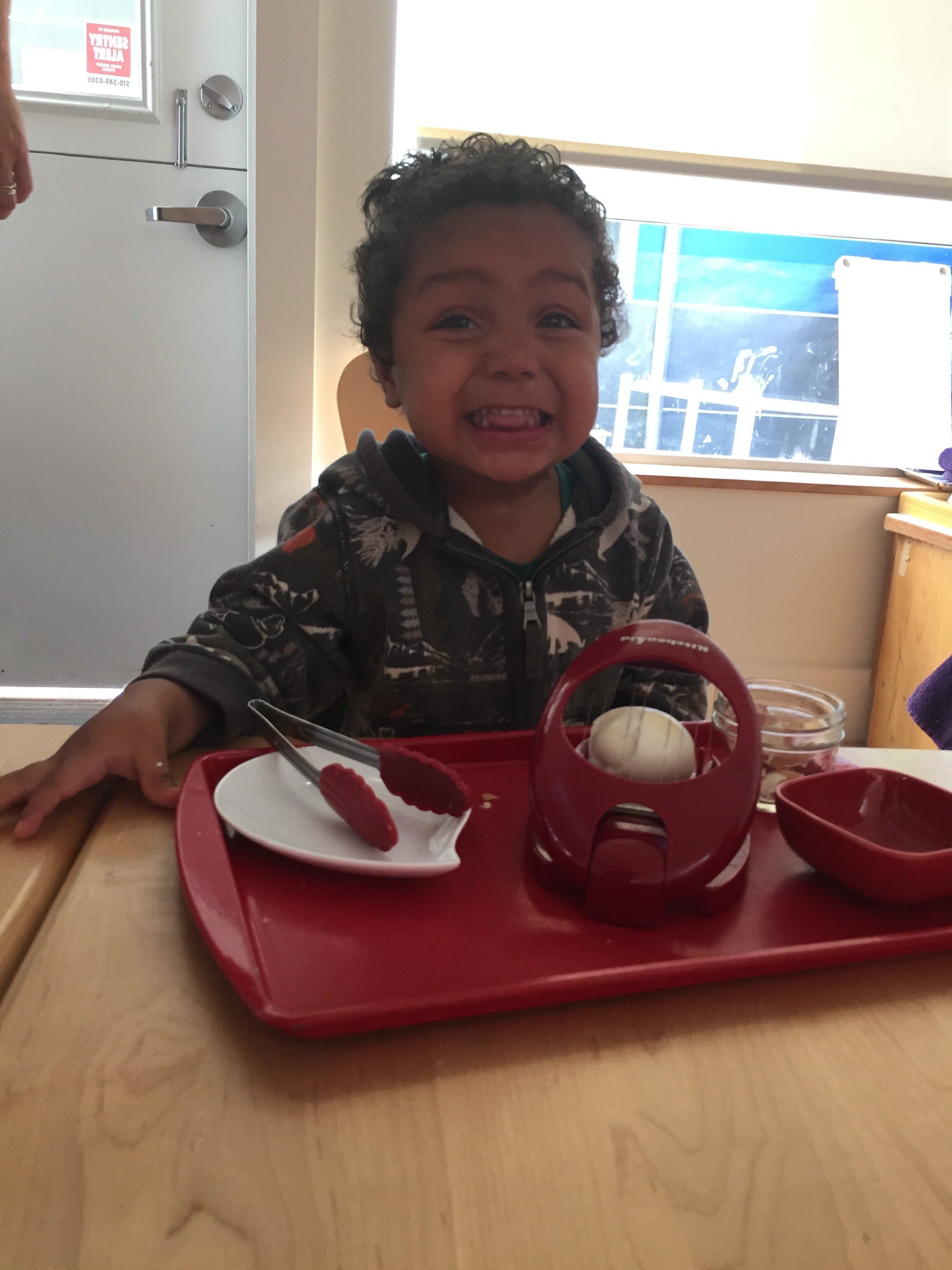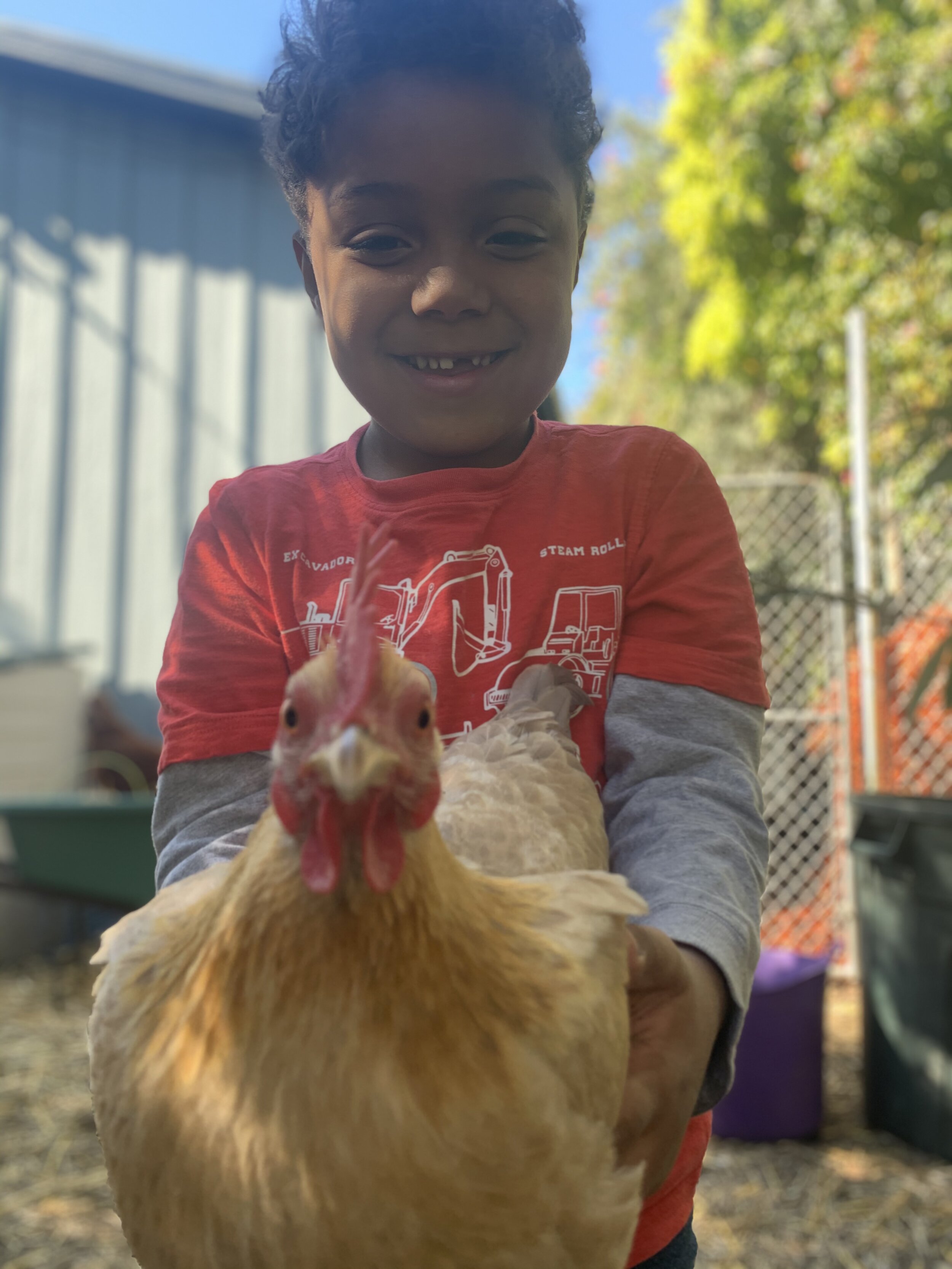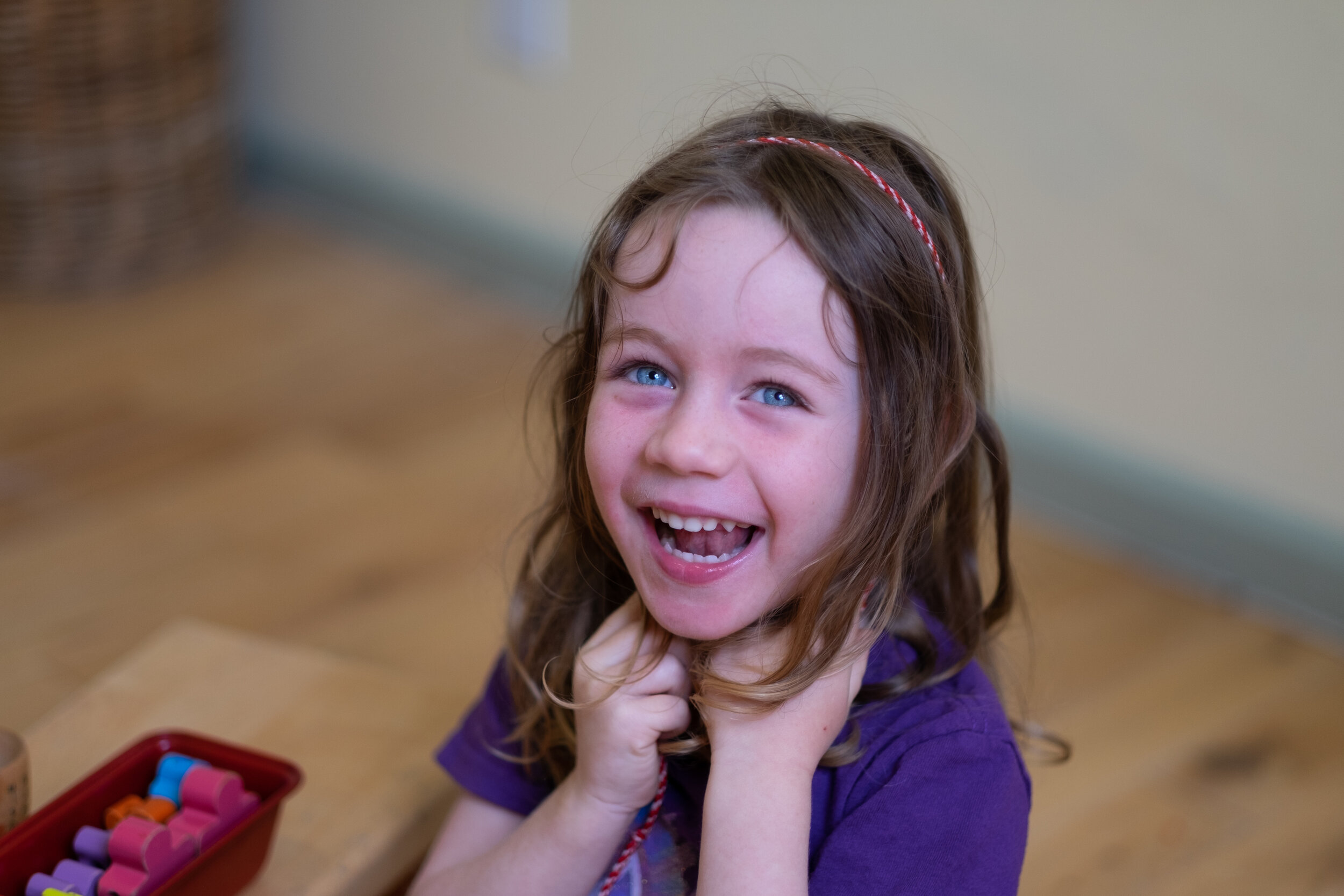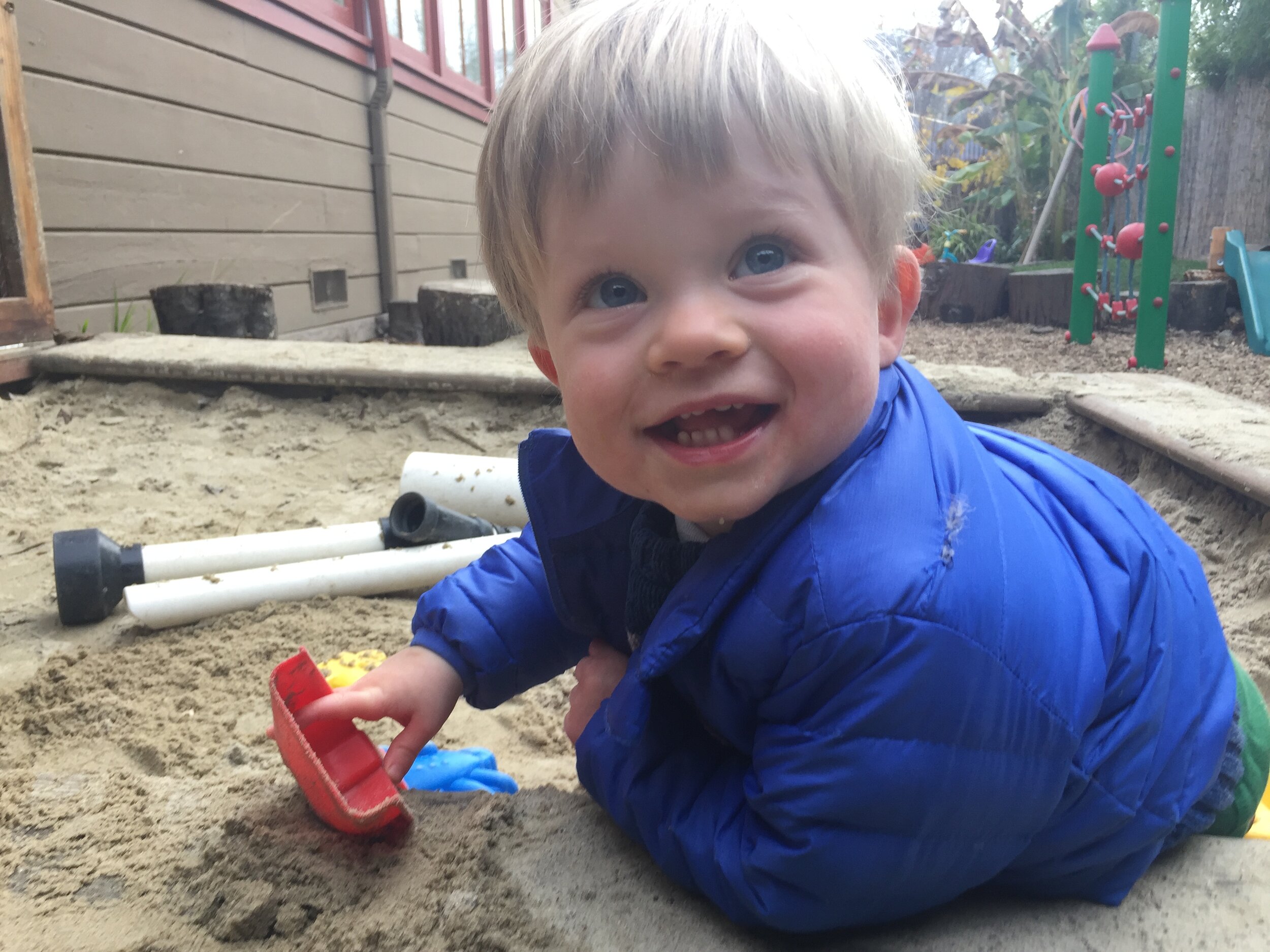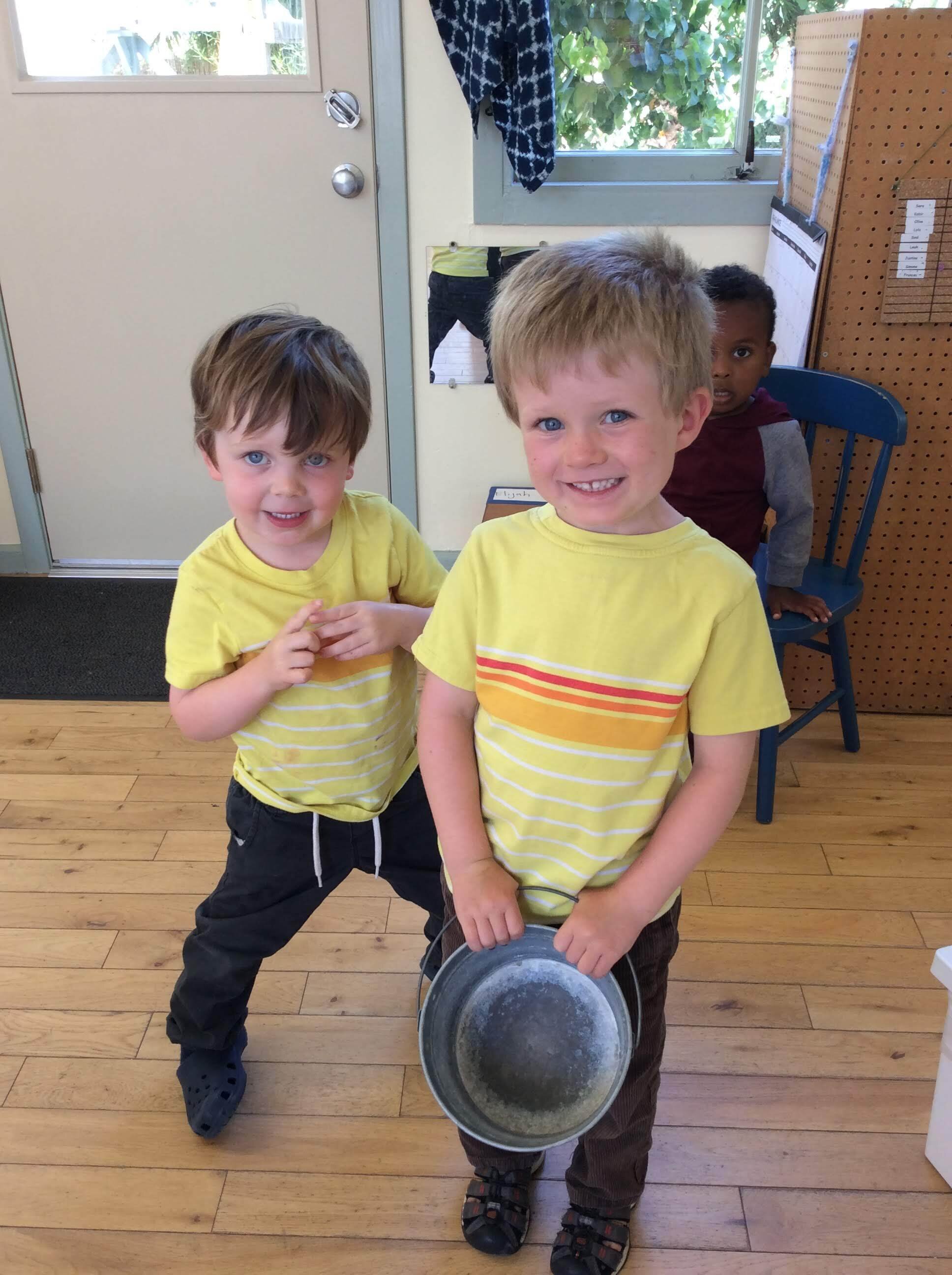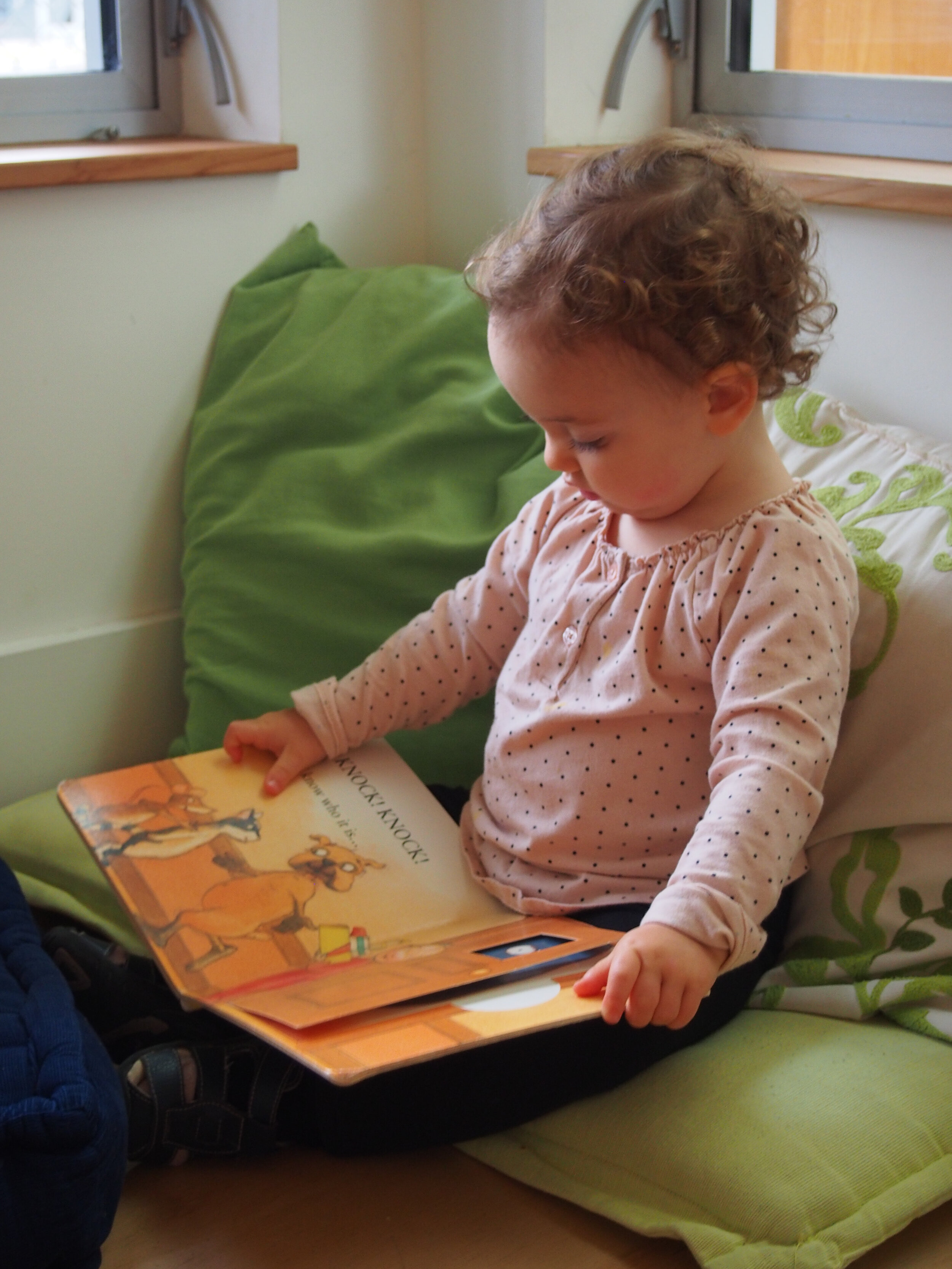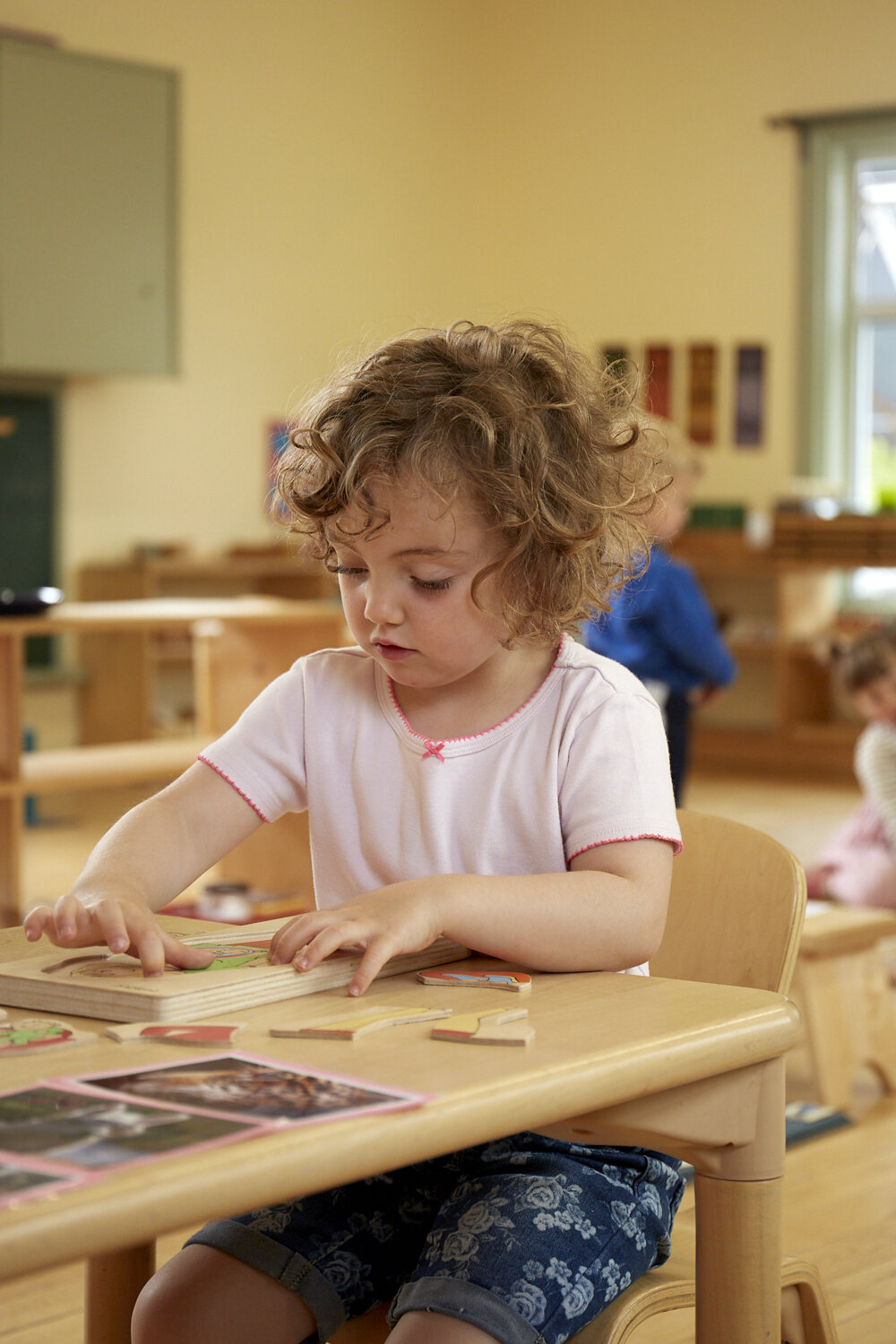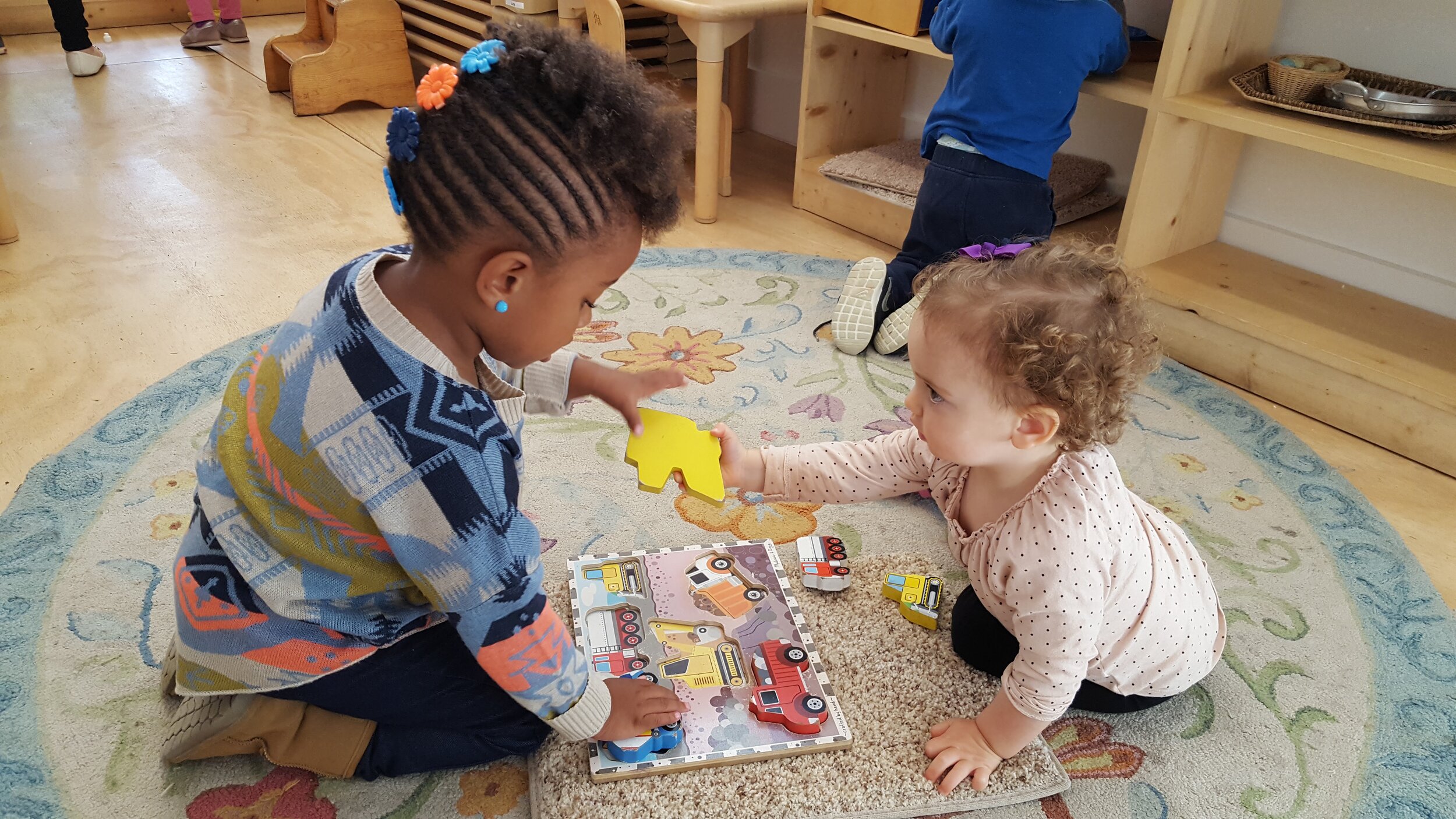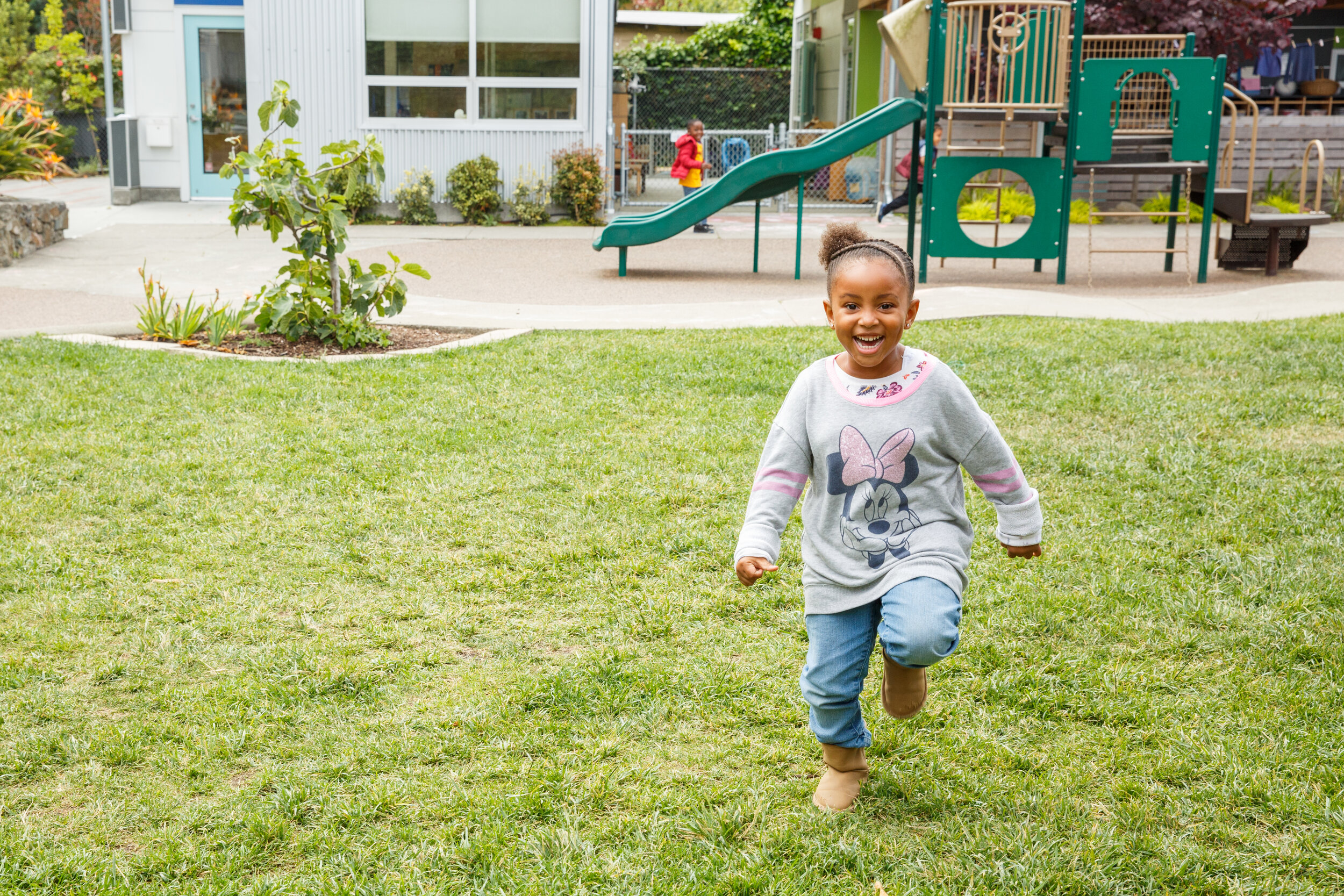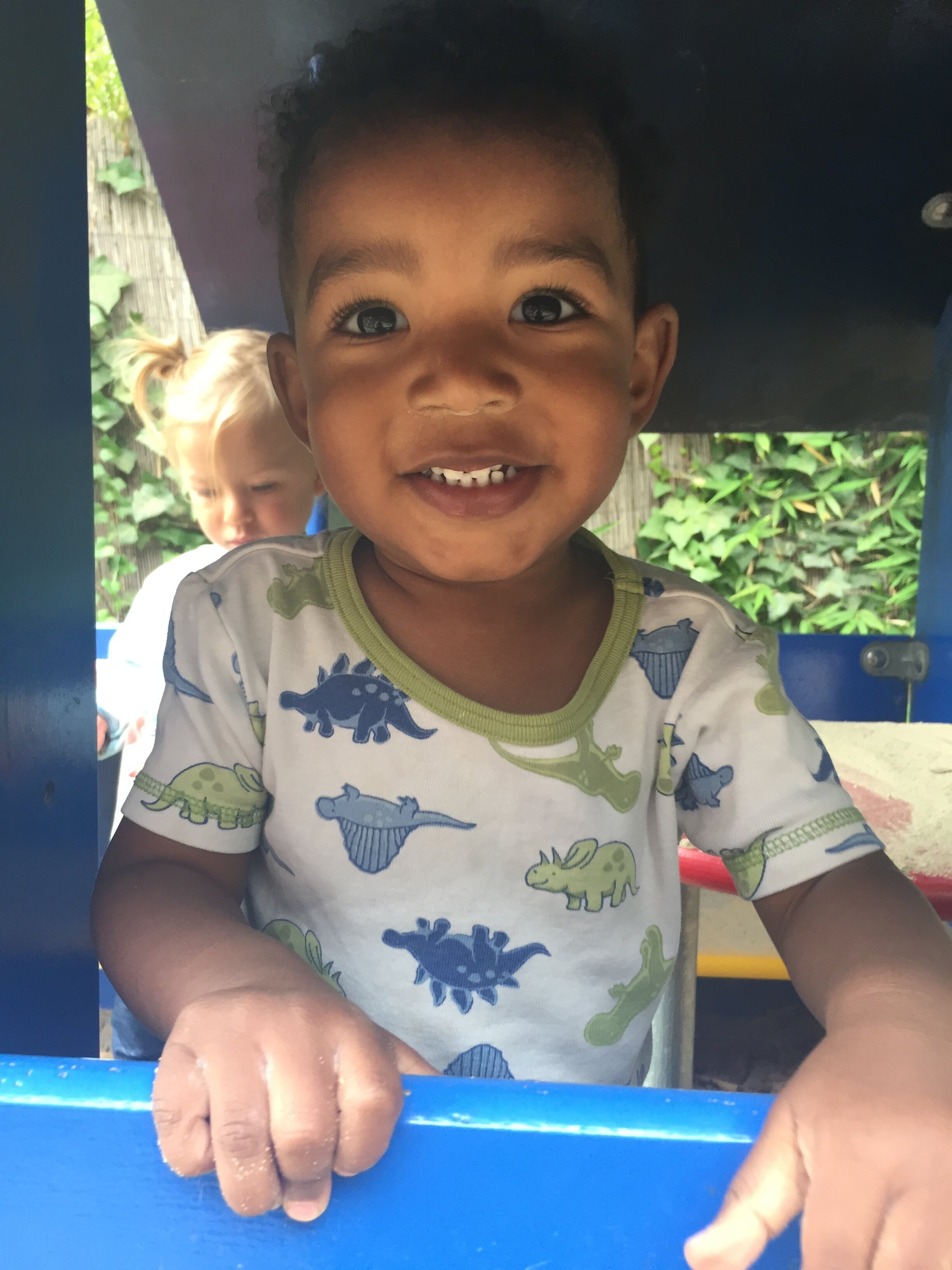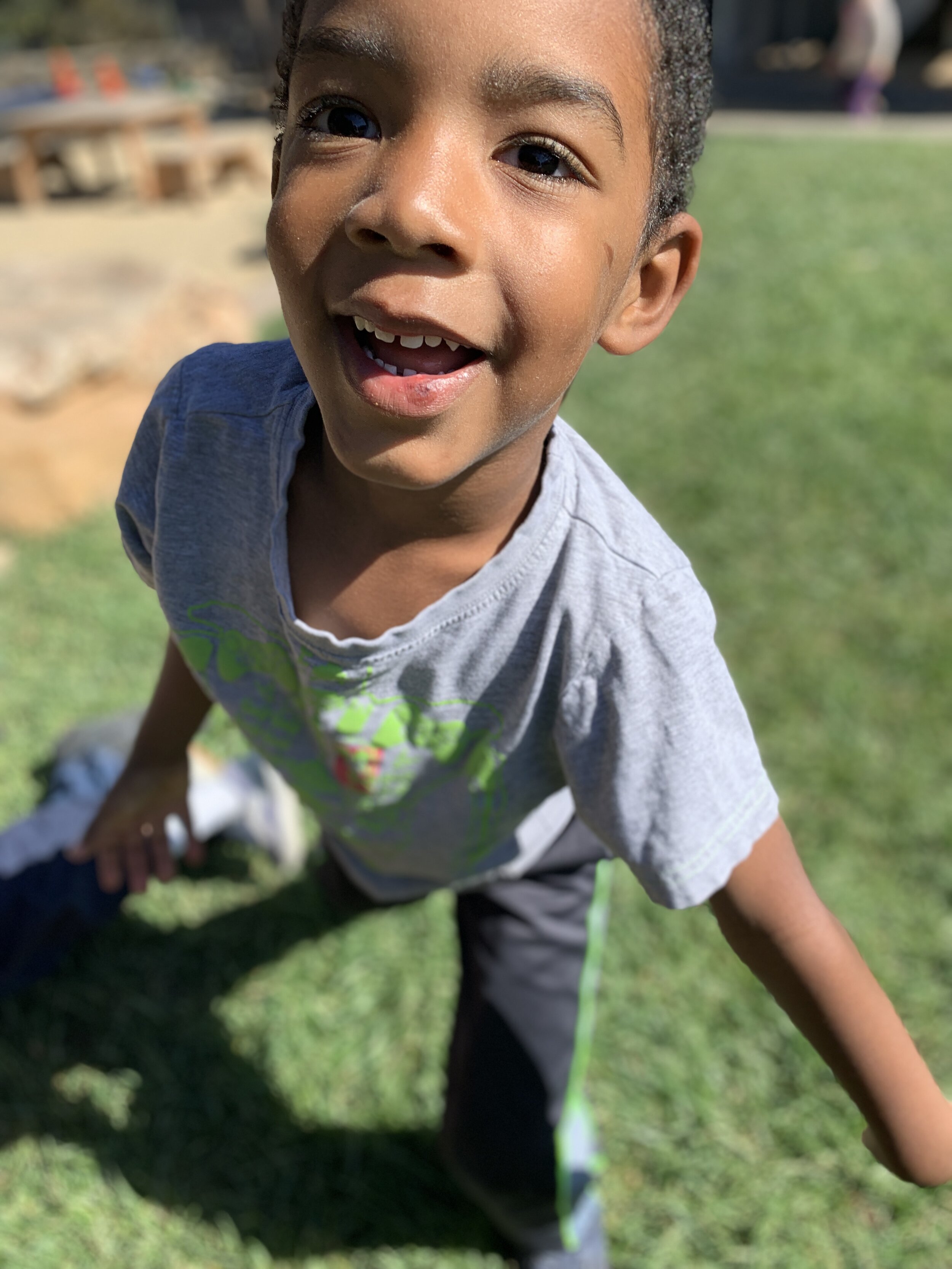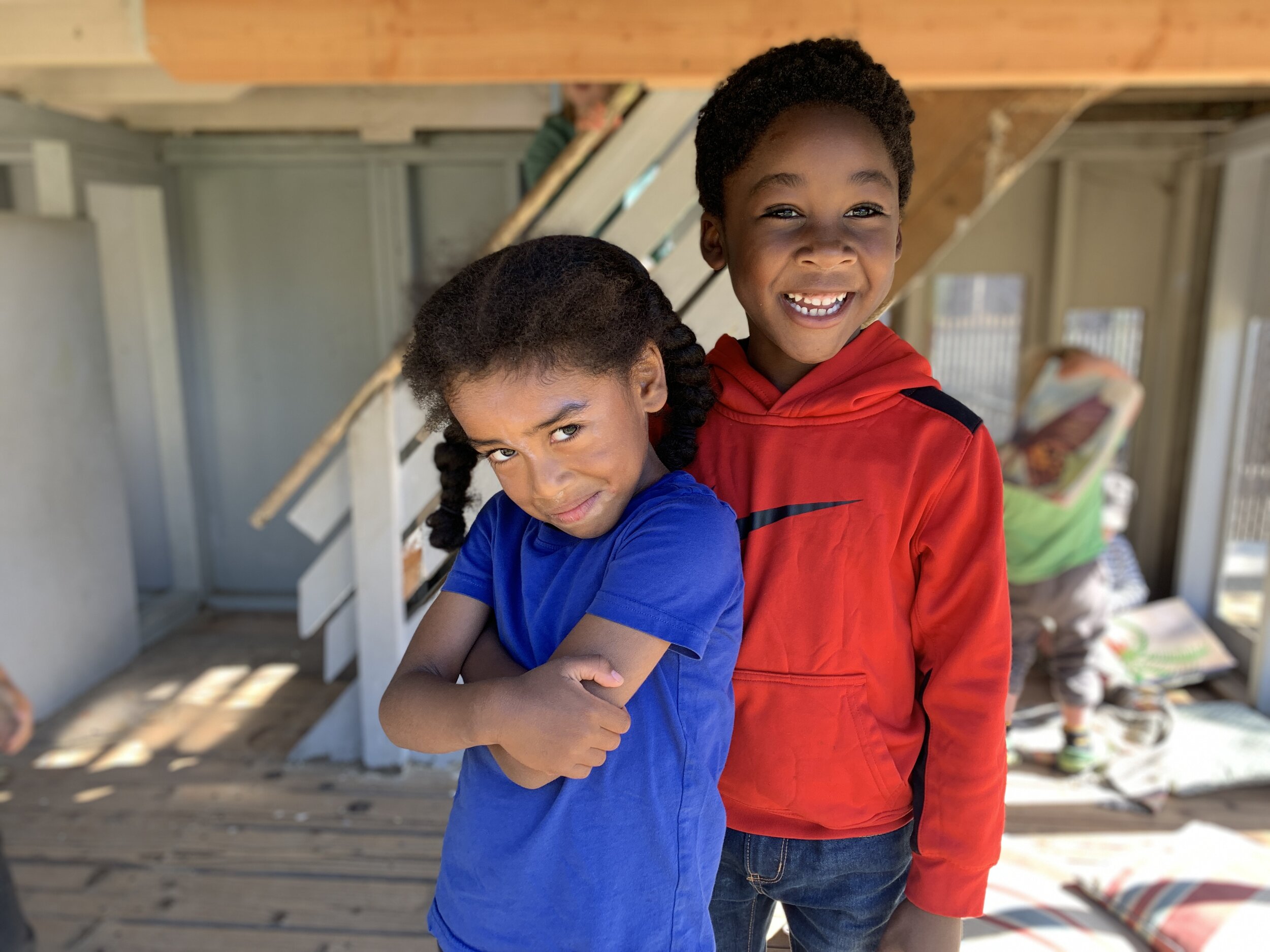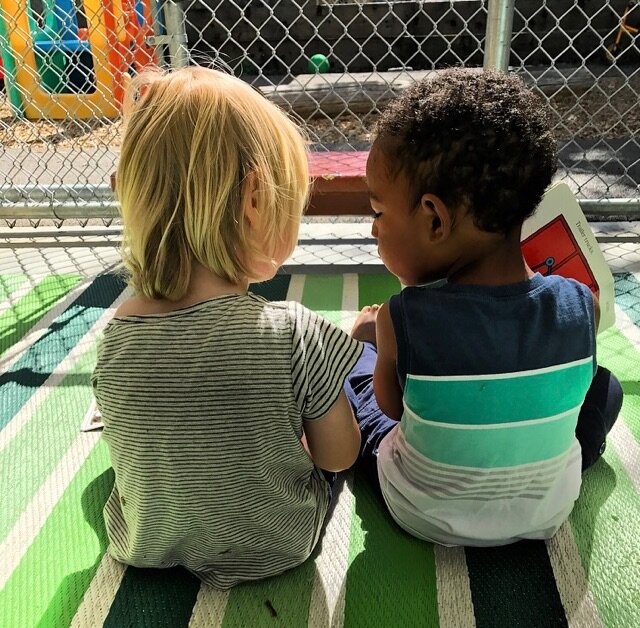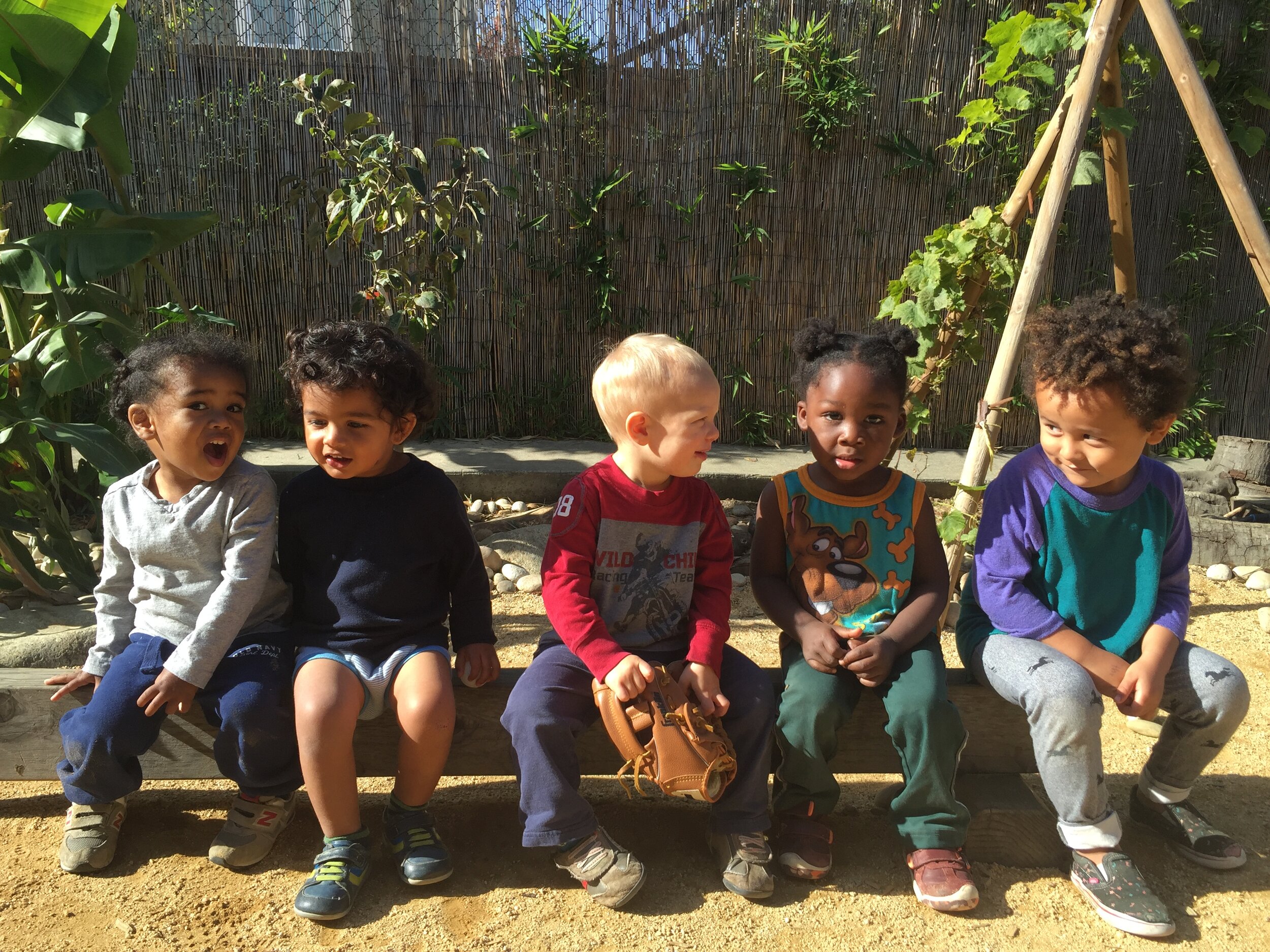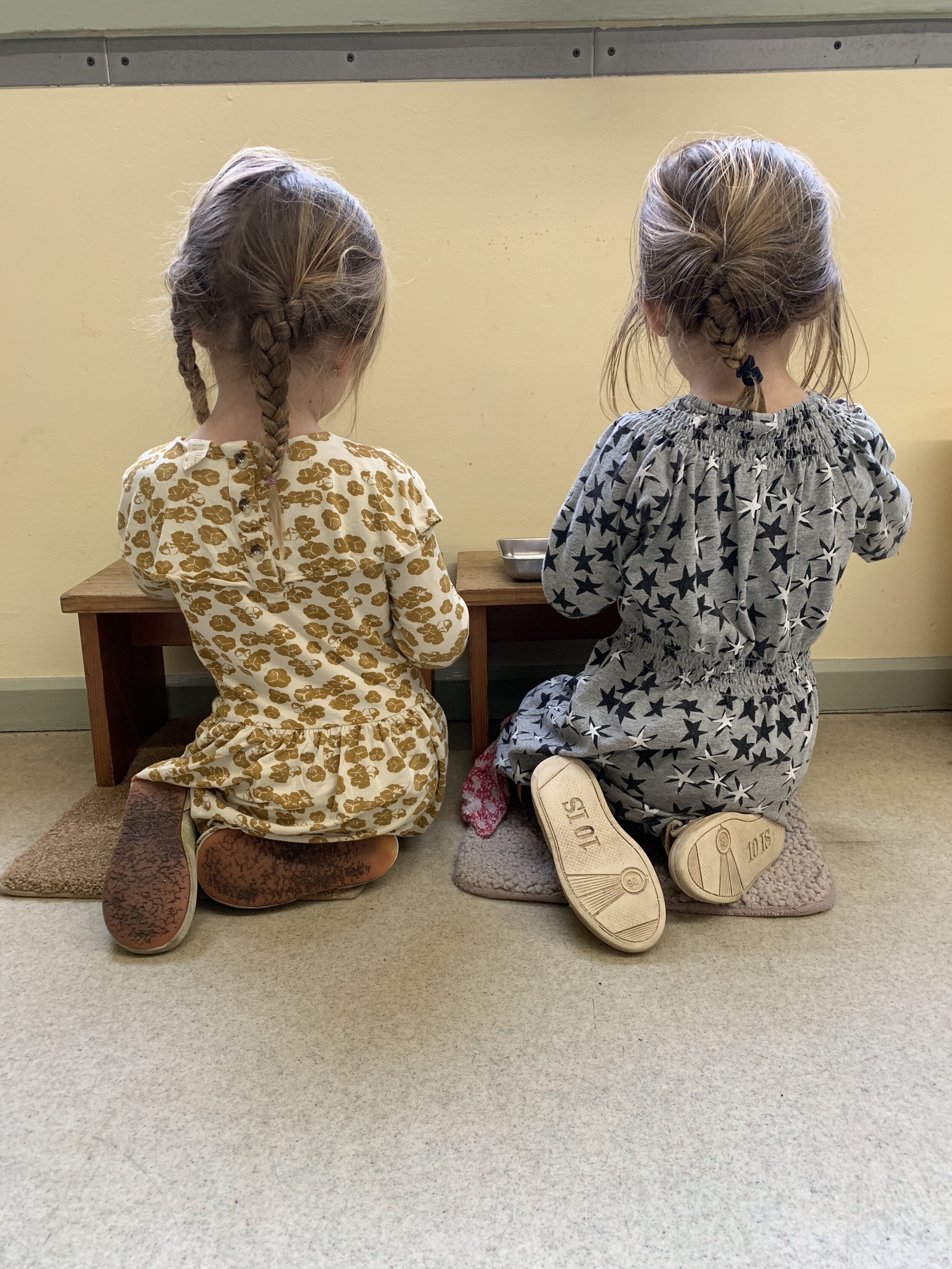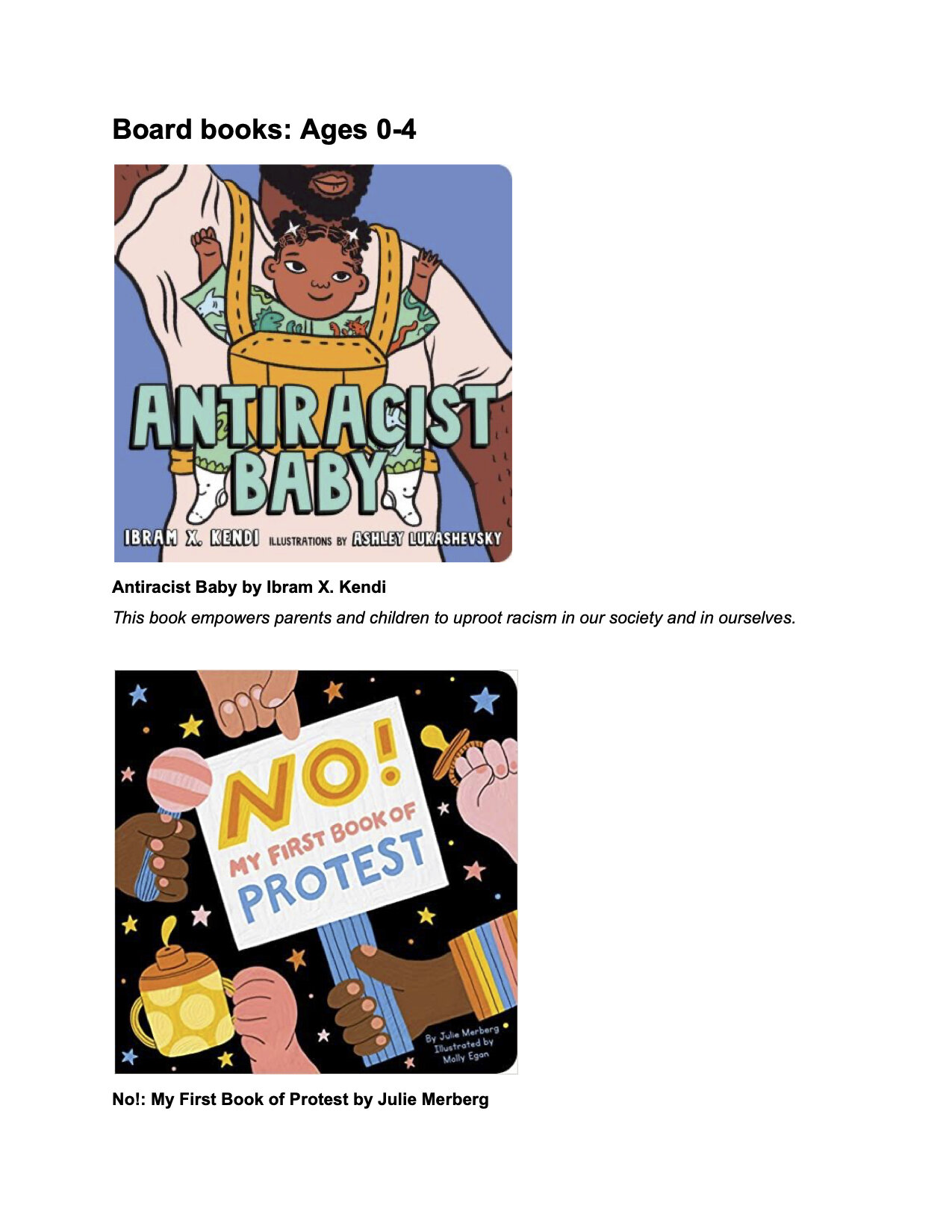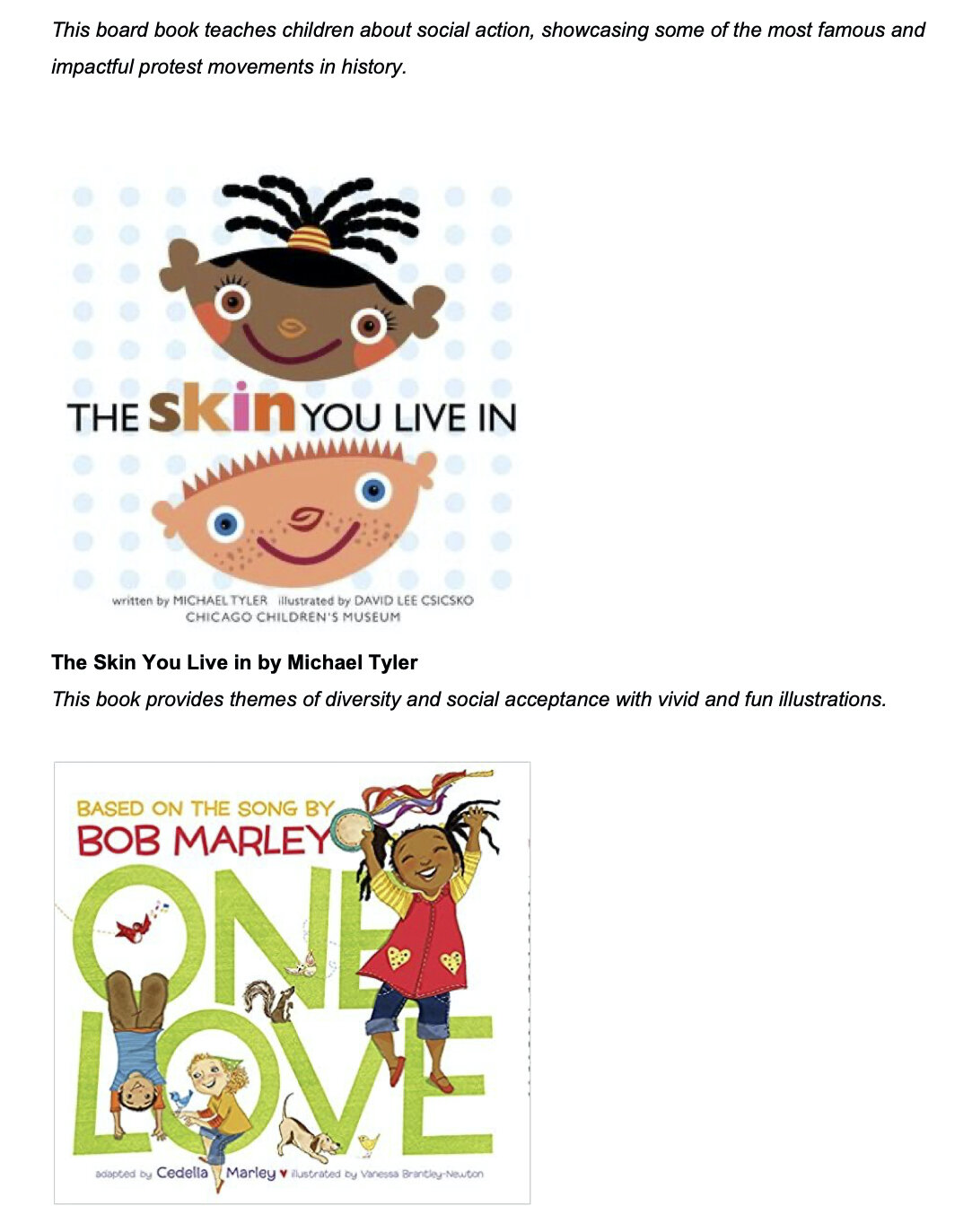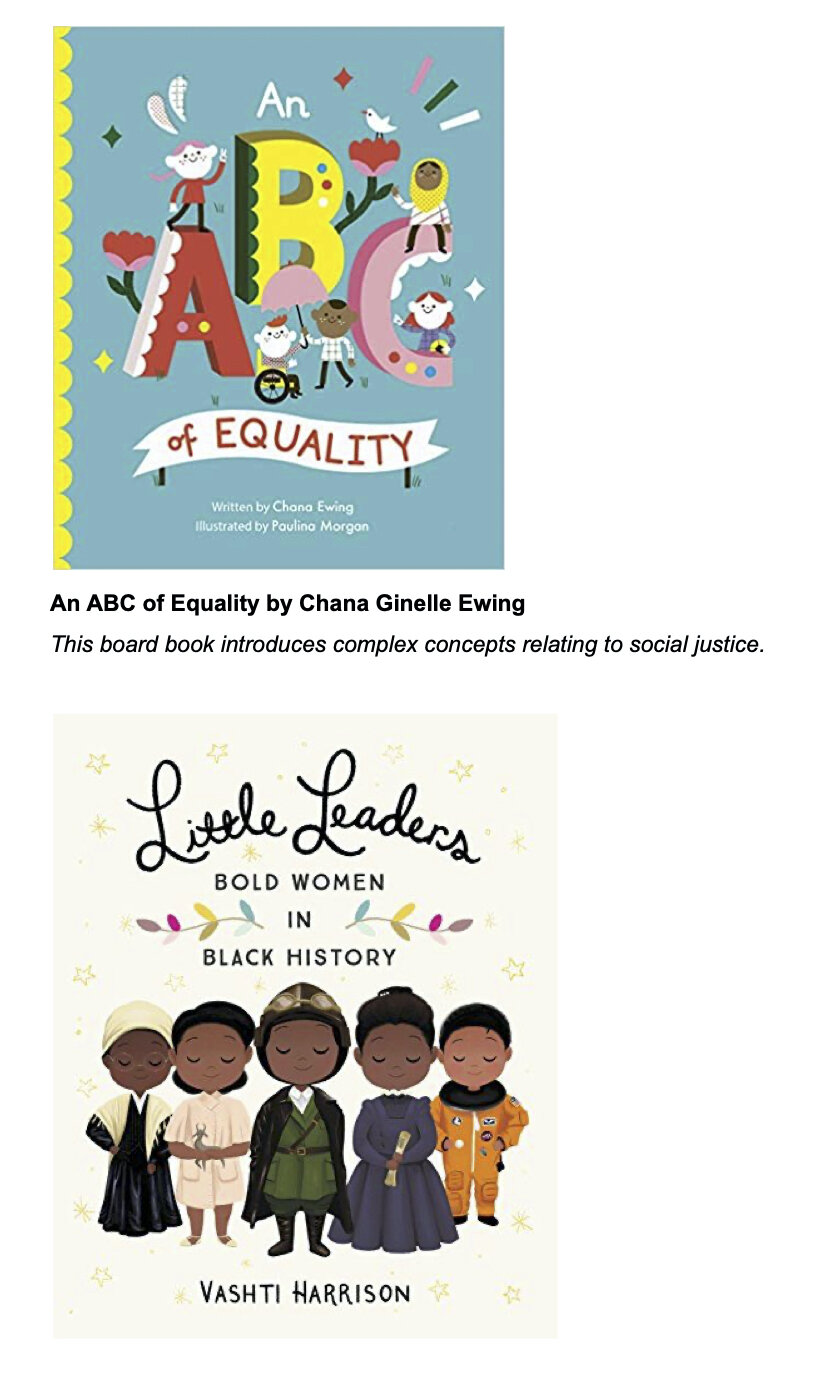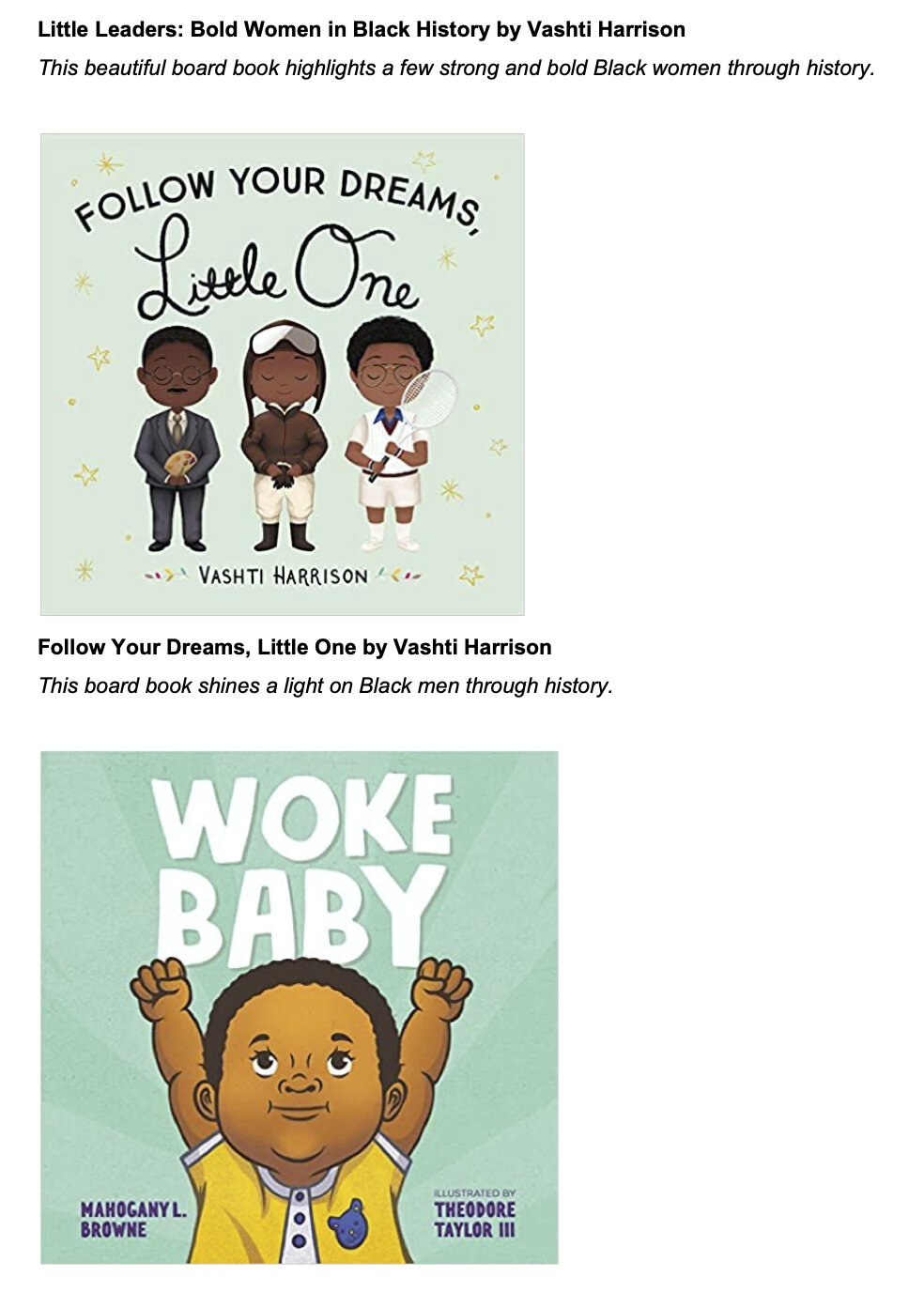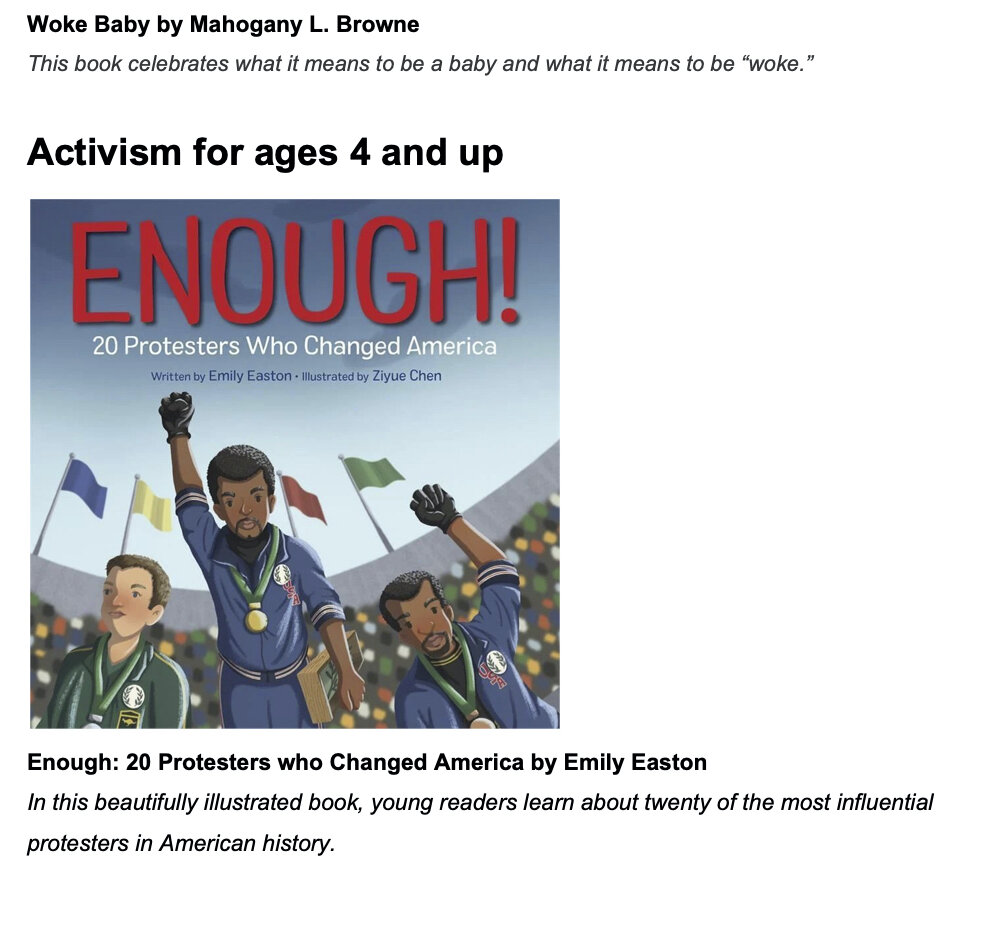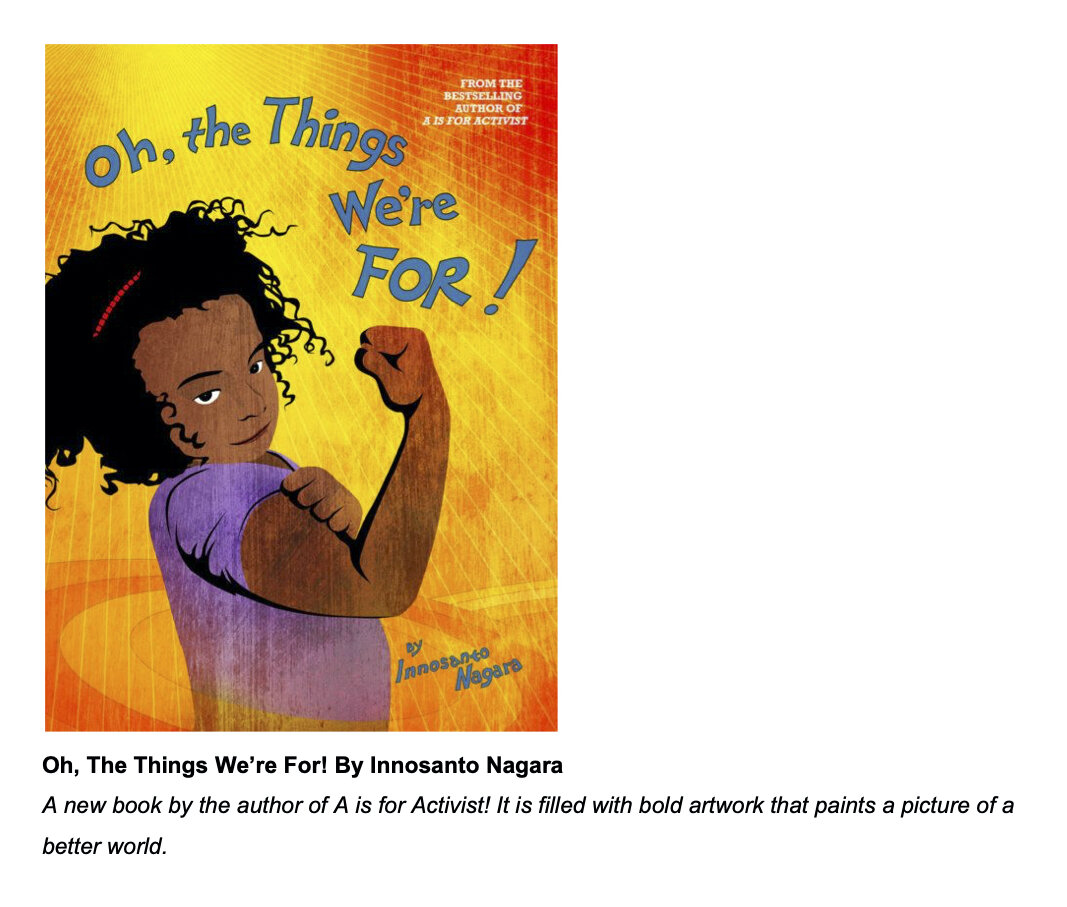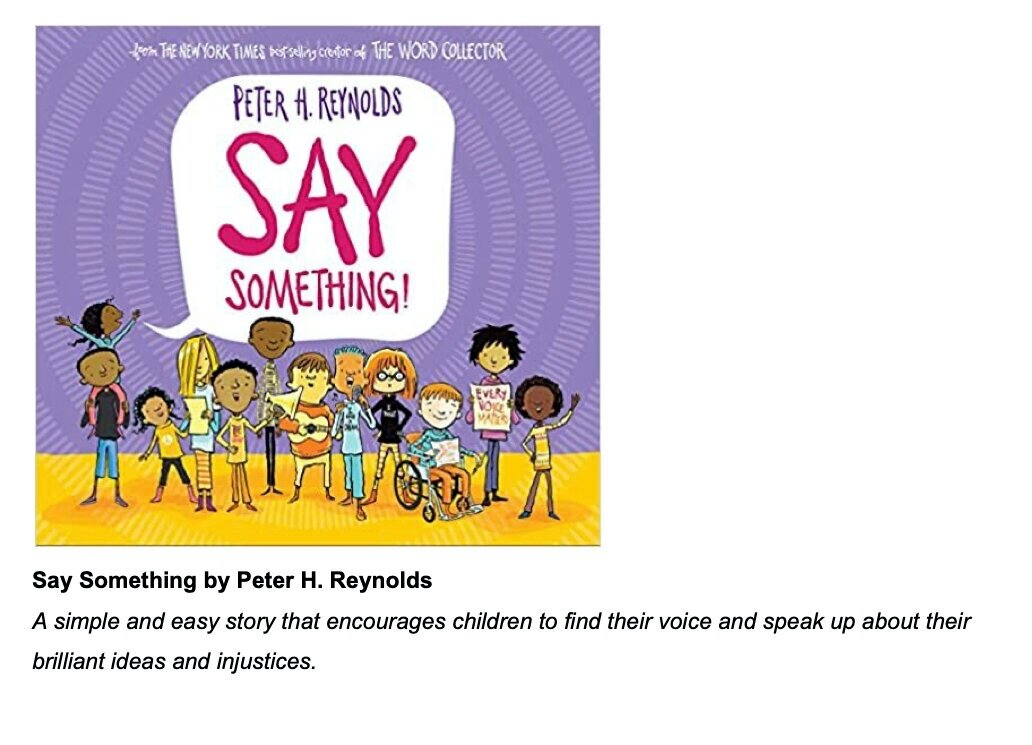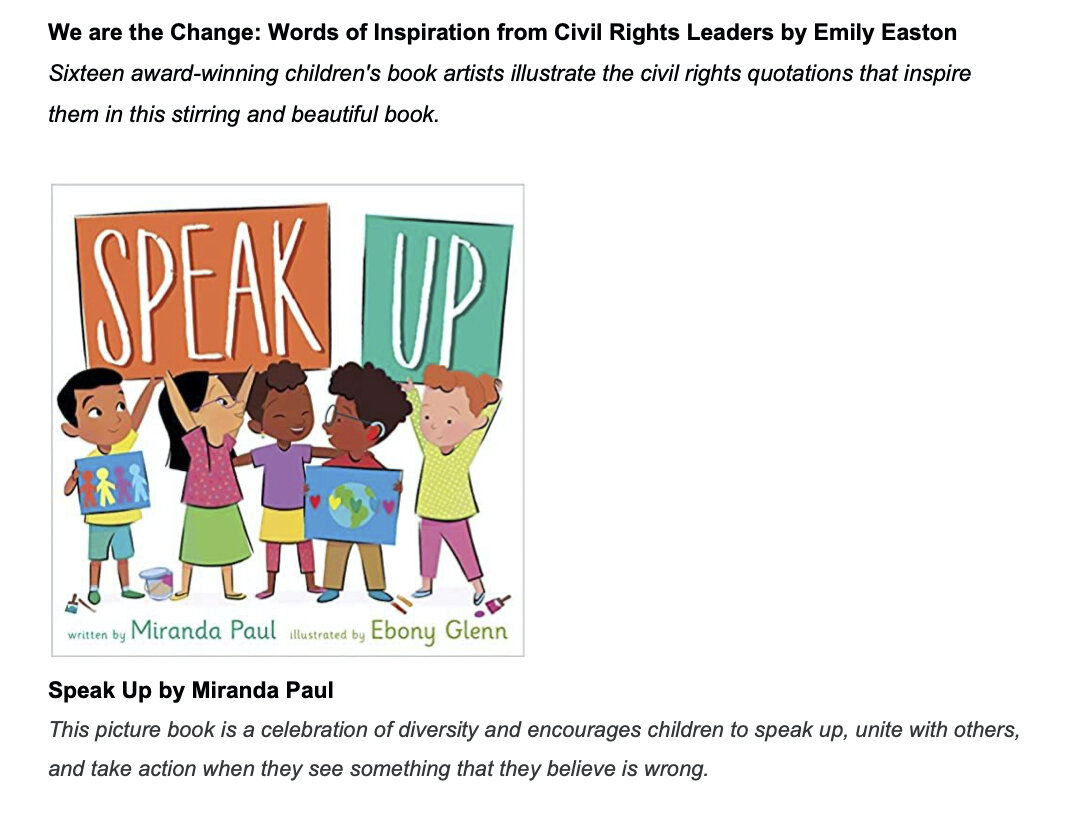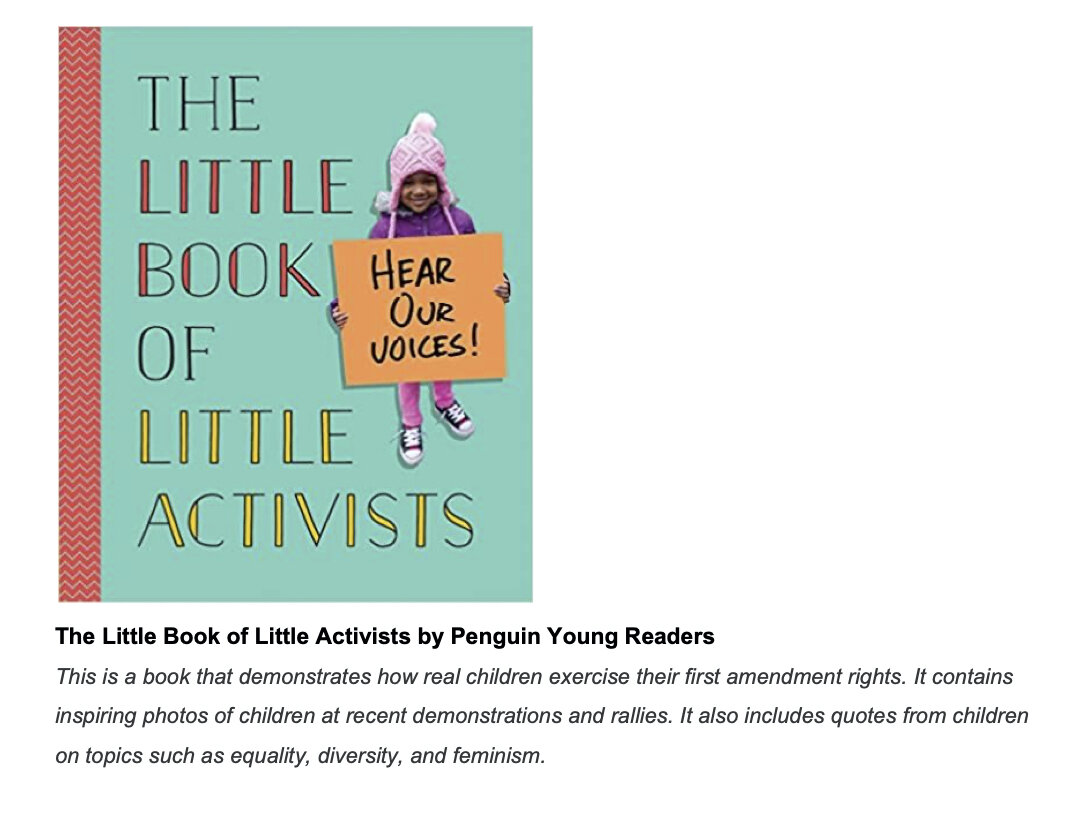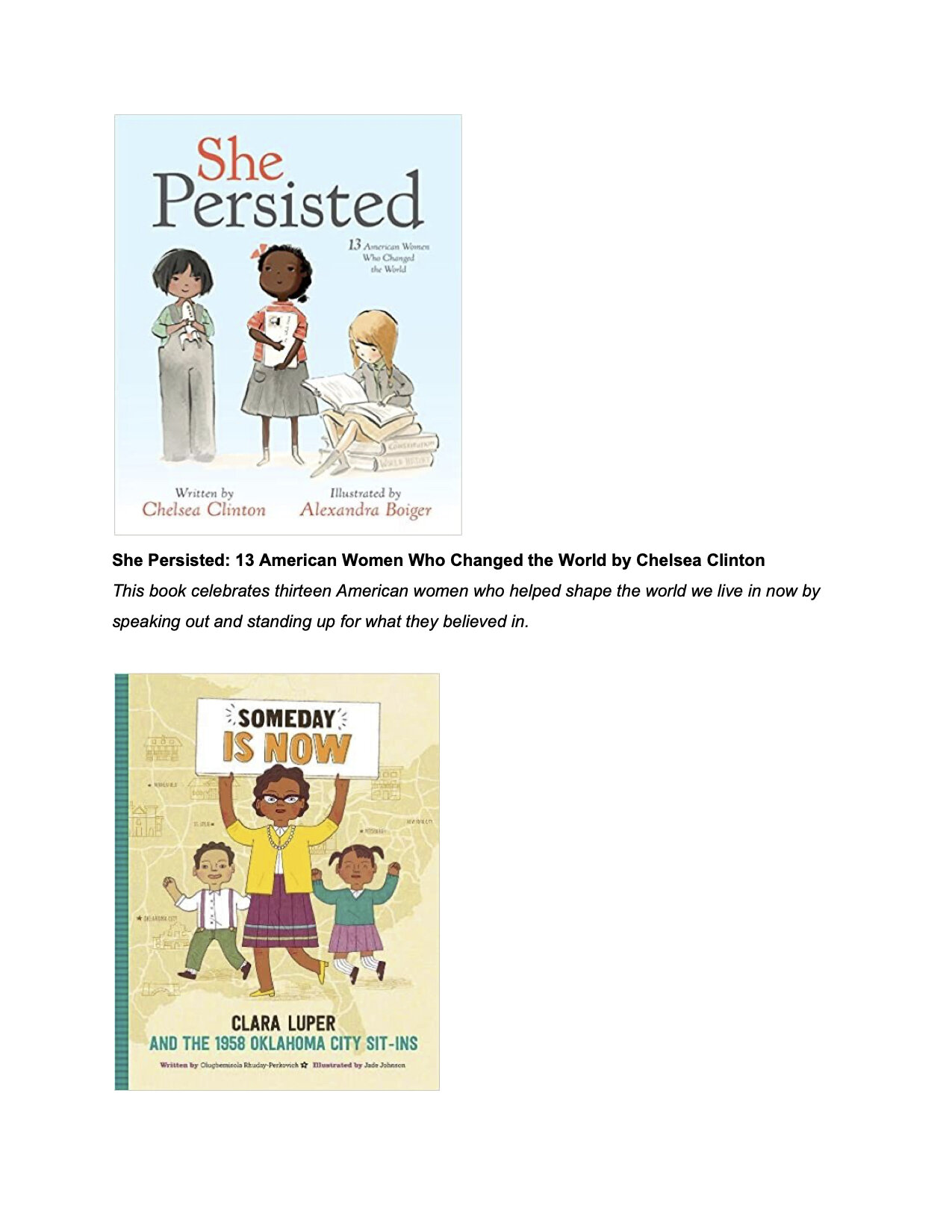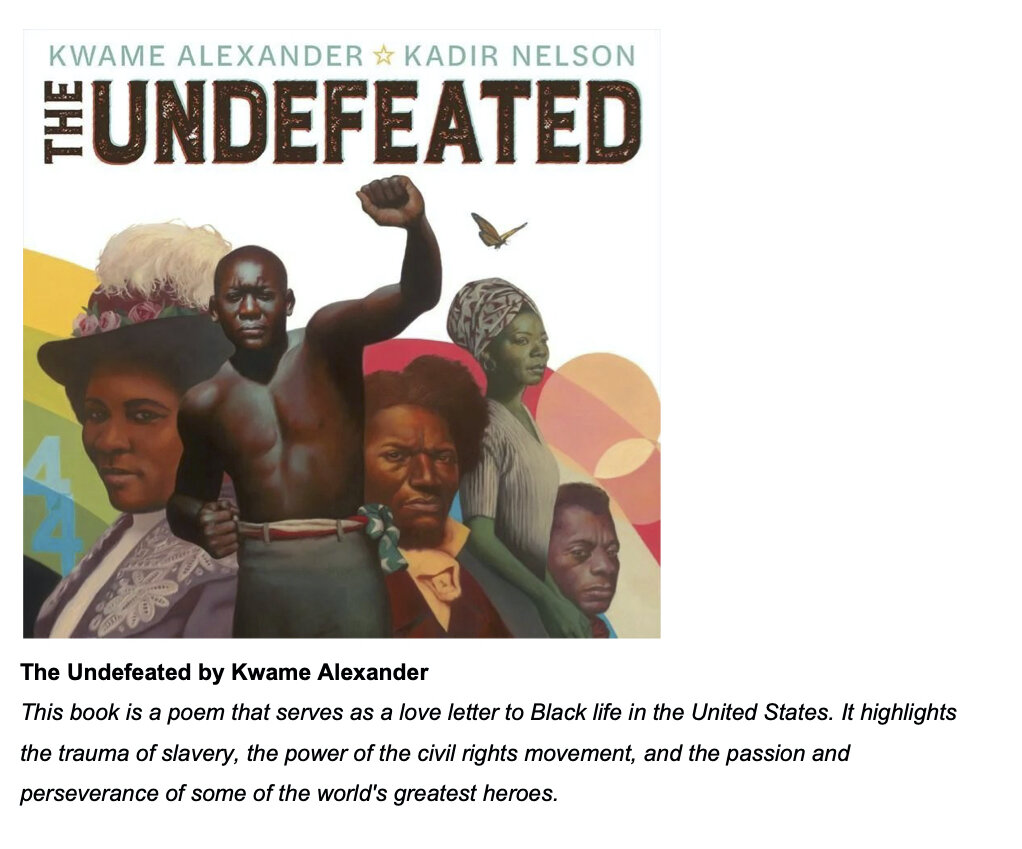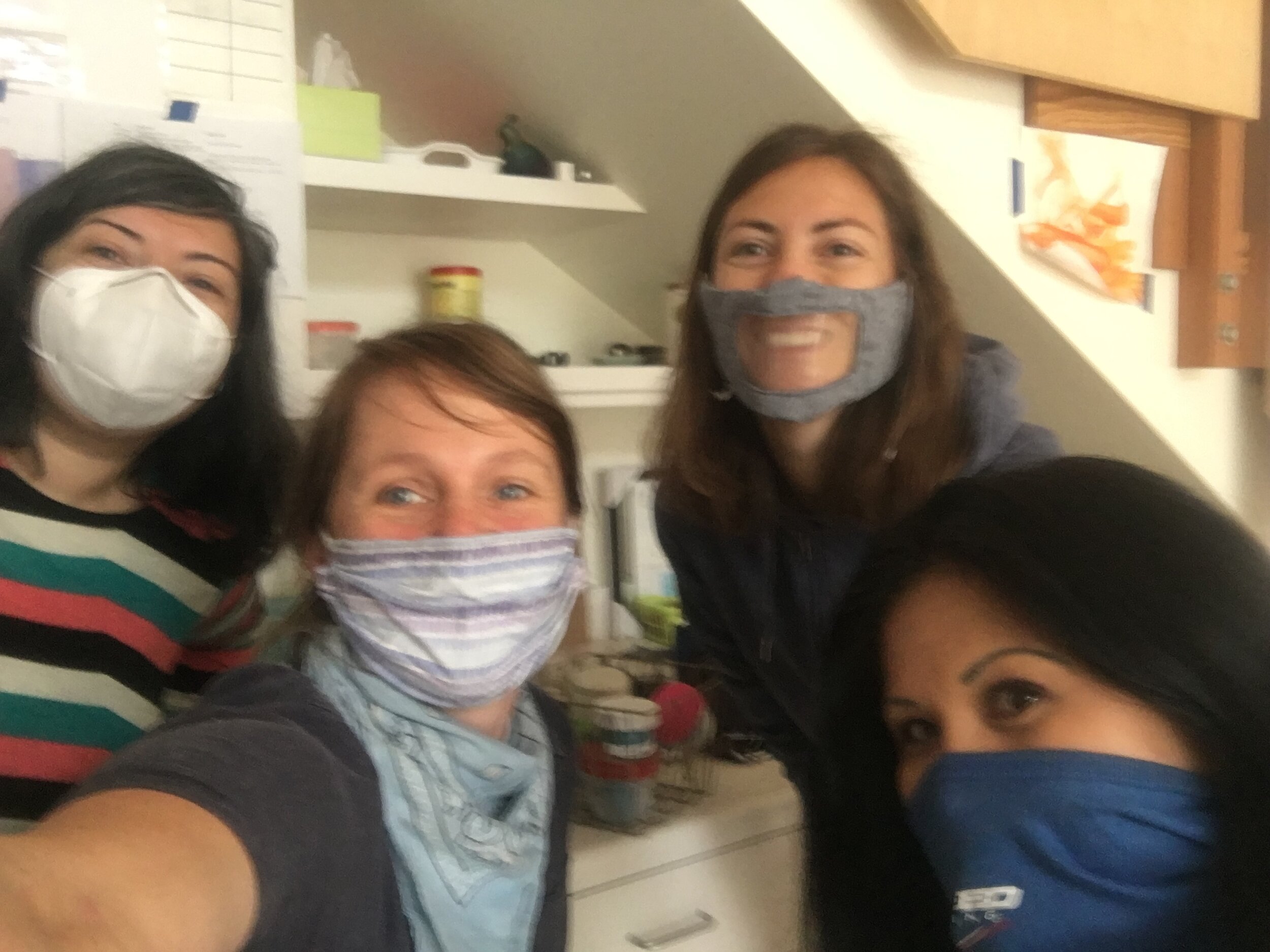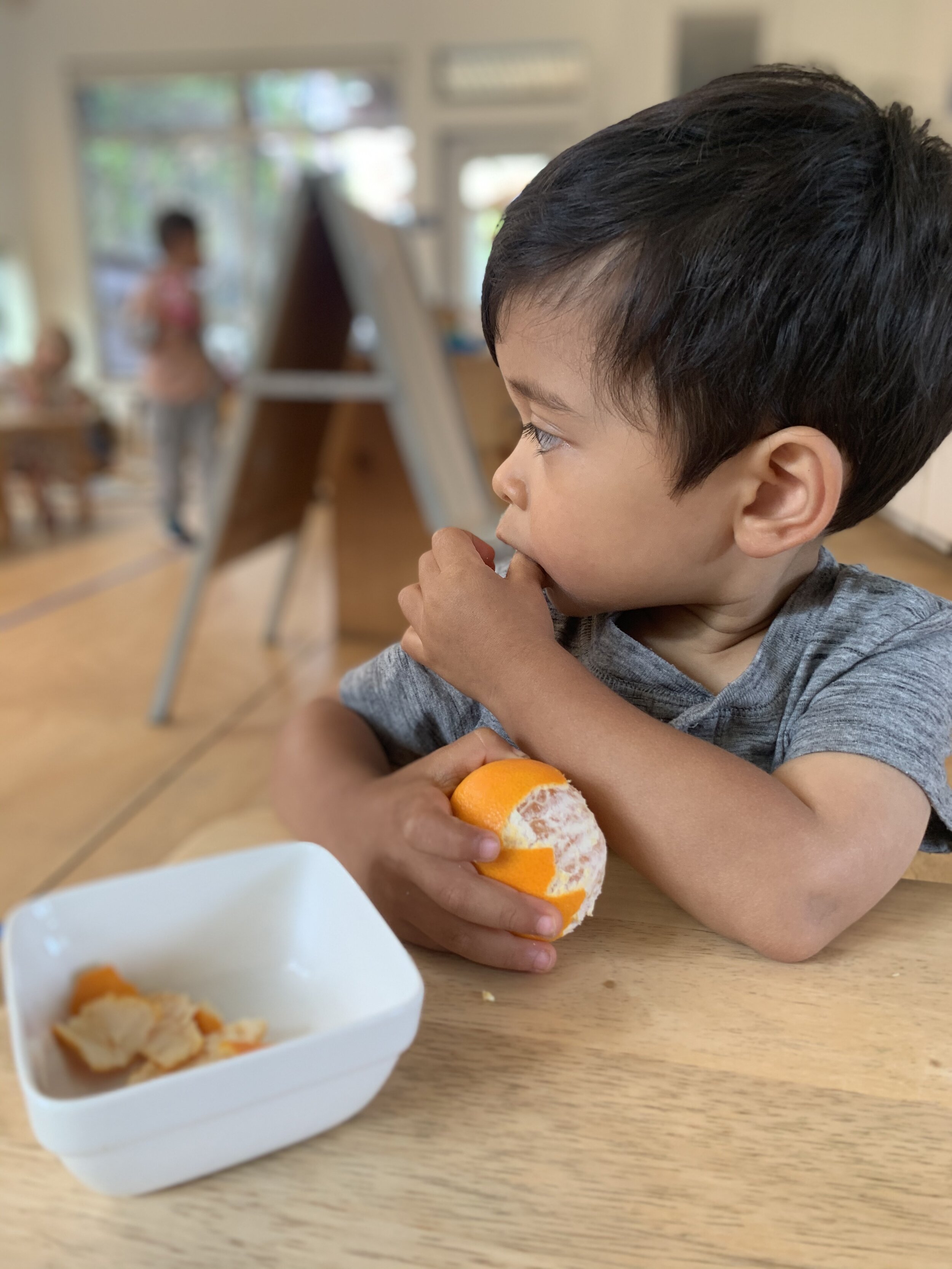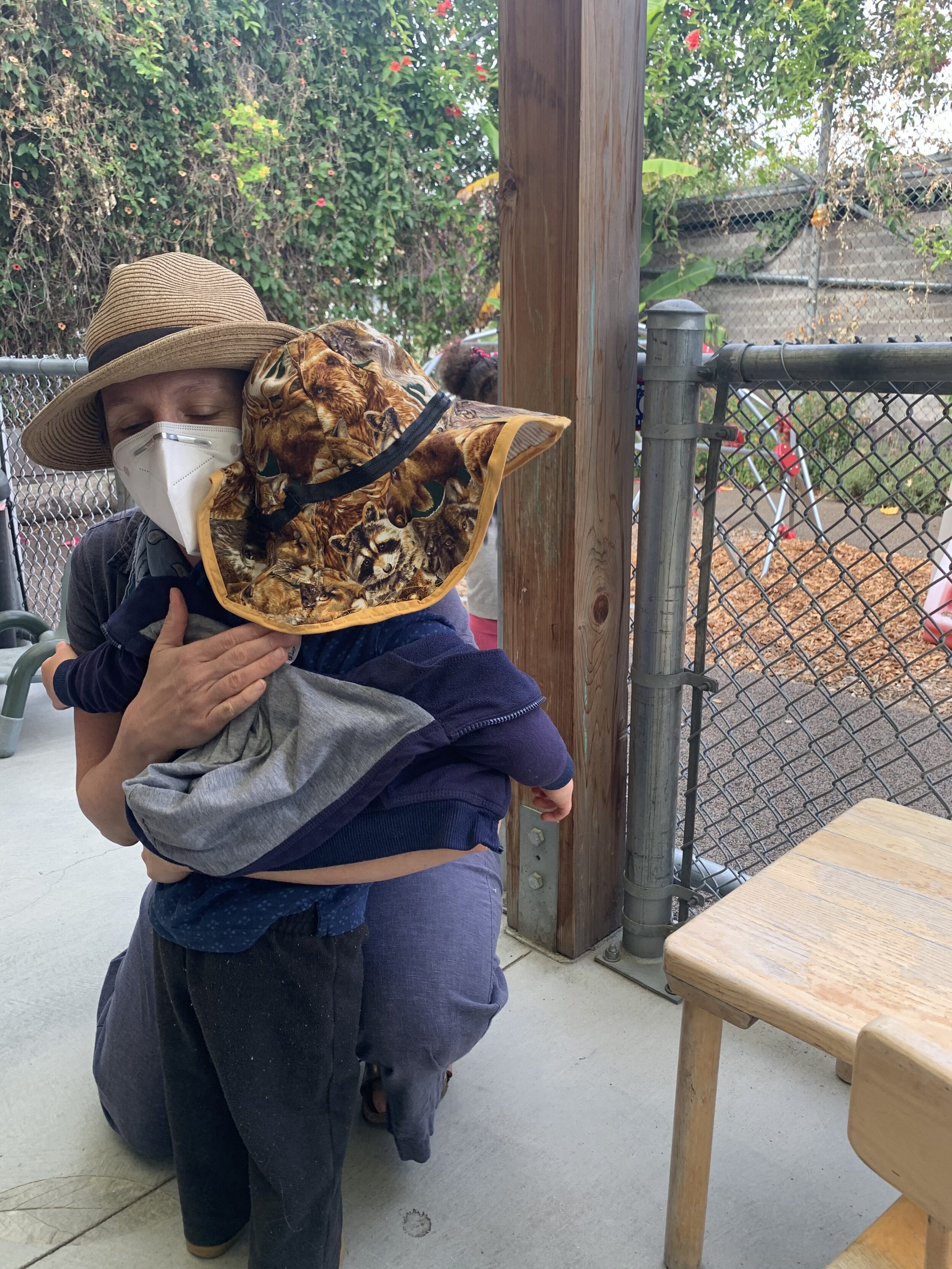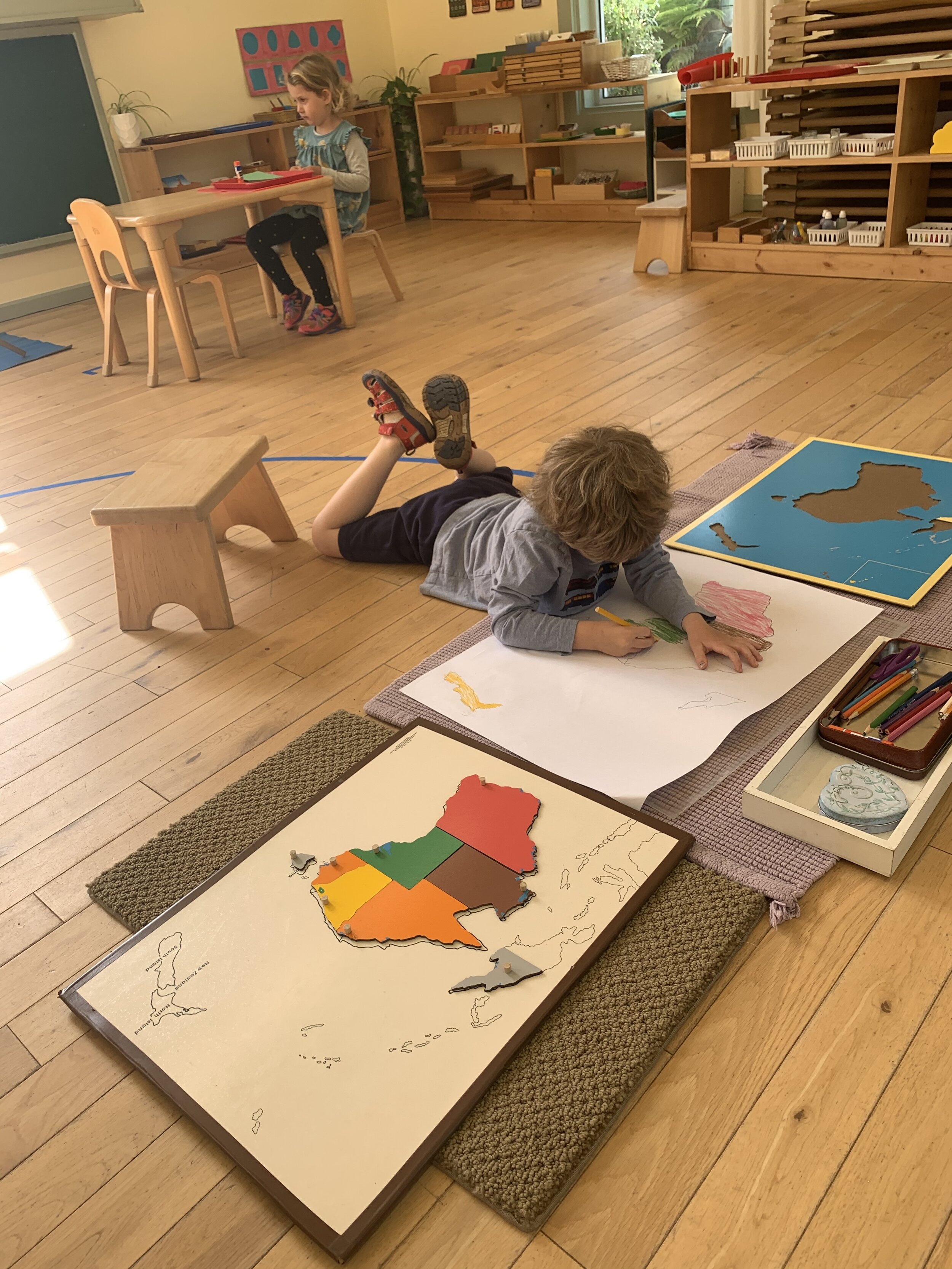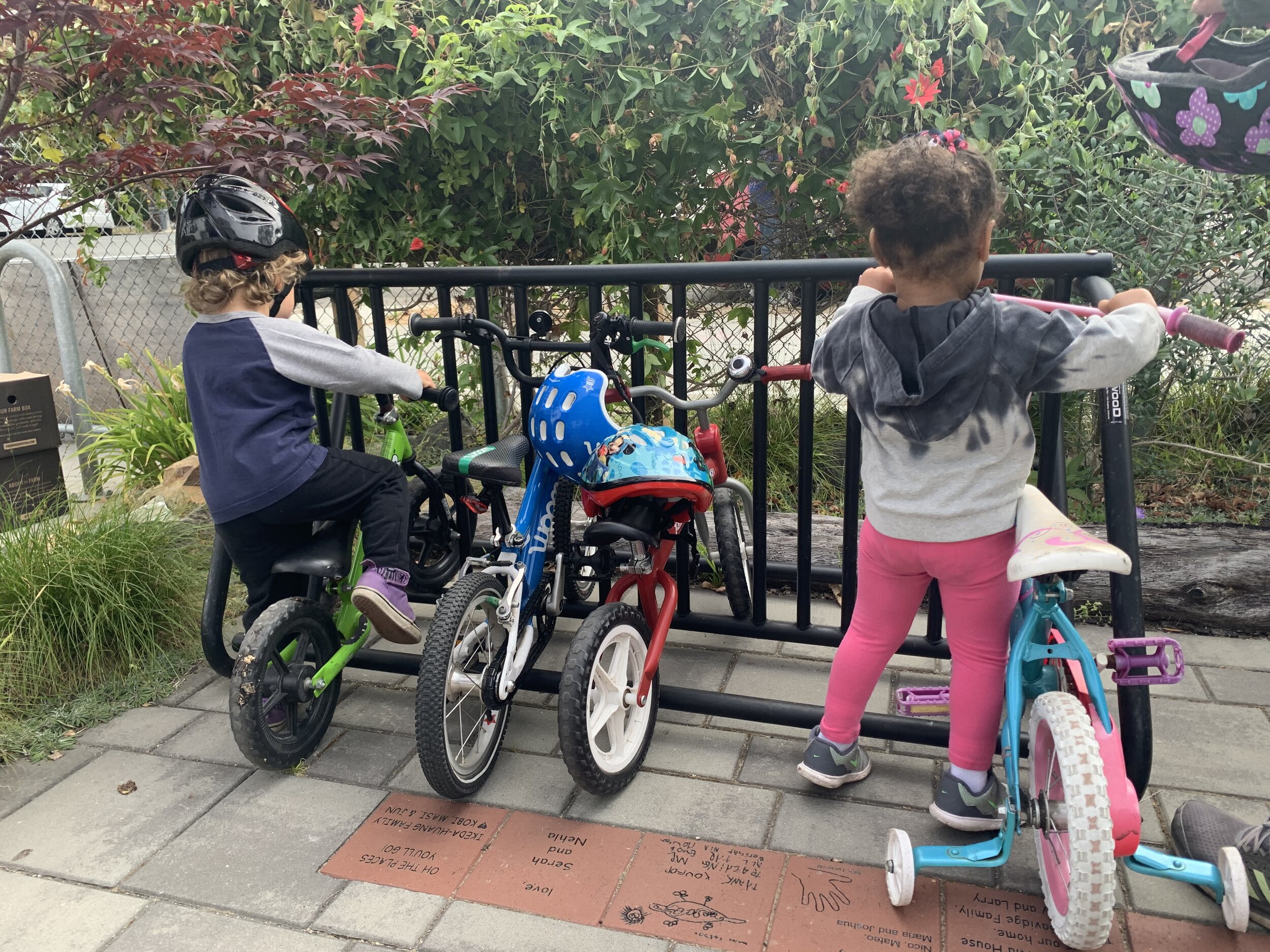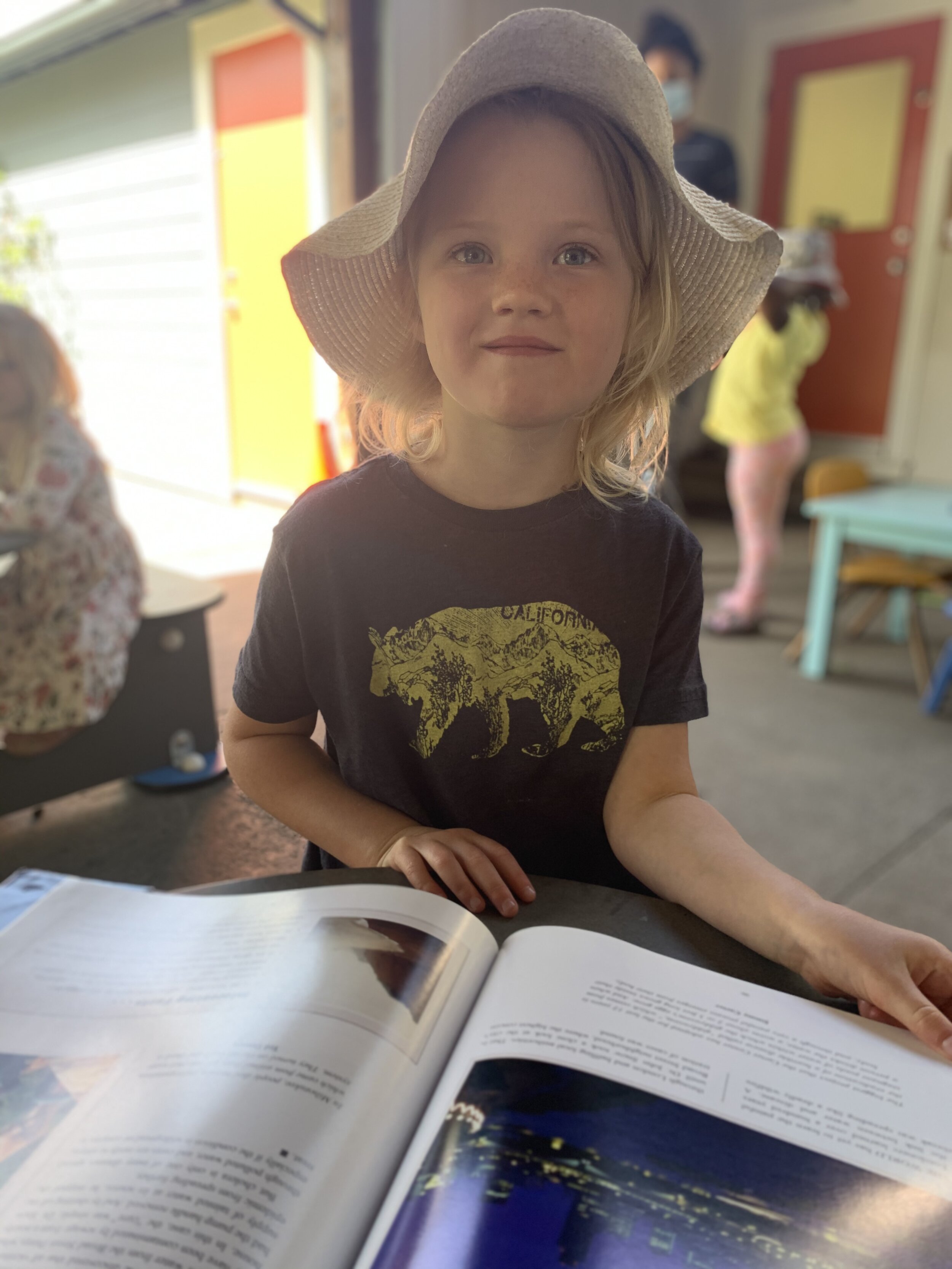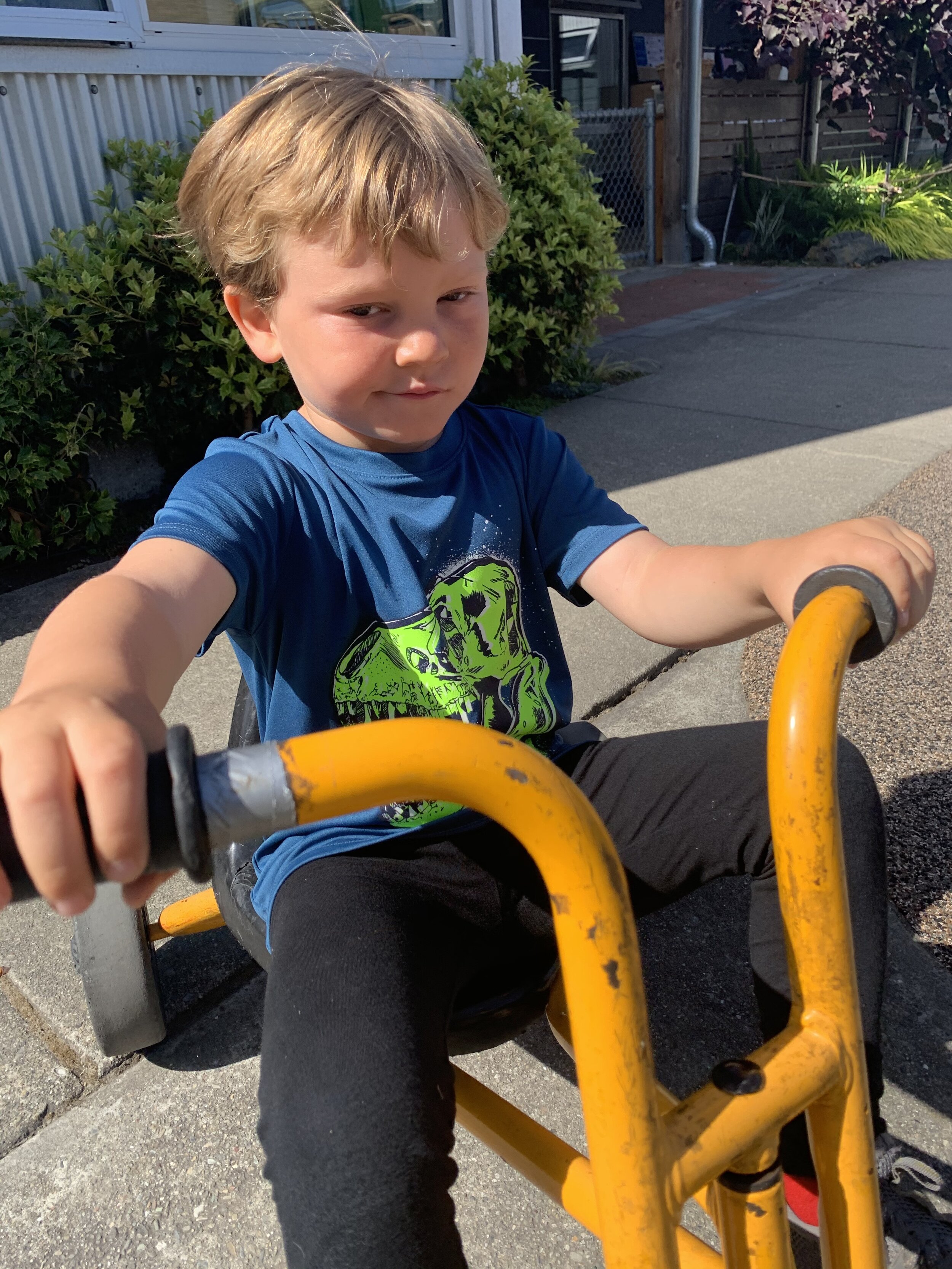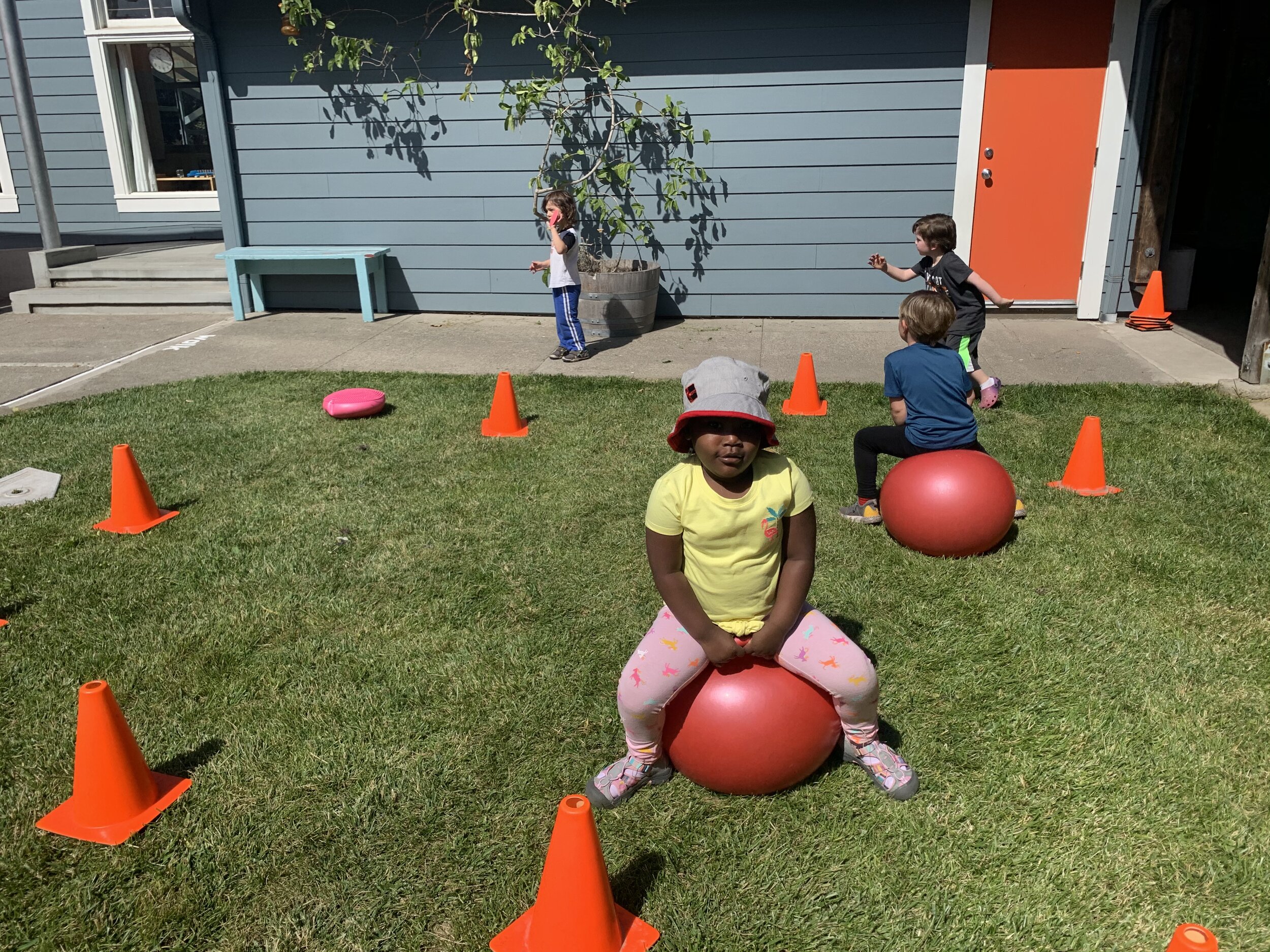Young people have an innate sense of right and wrong, fair and unfair. Explaining the basics of human rights in age appropriate ways with stories and examples can set the foundation for a lifelong commitment to social responsibility and global citizenship.
As a parent to a preschooler and a professor of peace and human rights education, here are my top picks for children's books that discuss important issues—and that are visually beautiful. Some of the books listed offer an overview of rights; the majority show individuals and organizations past and present who have struggled to overcome injustices. All offer different levels of child-friendly images, concepts and text.
With my son who is 3, sometimes we will skip certain passages or pages, but introducing him to books like the ones listed below that include characters of different races, religions, genders, abilities, sexual orientations, and other backgrounds at an early age will hopefully lay the foundation for deeper engagement with these texts and issues later on. Lately, he has been making tea in his play kitchen for Martin Luther King Jr. and the other day asked about Nelson Mandela’s grandchildren.
Some of these books are on our shelf at home, others we have found at the library or at friends’ houses.
What’s on your list of go-to books for talking about human rights and social justice issues with your children? Let’s keep the list growing in the comments section below!
**These books should be easily searchable, and I’ve created a book list on Amazon.com at this link with all the books mentioned in this post.
The Right to Equality & Peace
1. We are all Born Free by Amnesty International
About the basics of human dignity as elaborated in the United Nations Universal Declaration of Human Rights
2. Whoever you Are by Mem Fox
About the common humanity we all share regardless of race, color, religion, nationality, gender, ability or sexual orientation
3. Can you Say Peace? By Karen Katz
A book about how peace looks in different countries around the world and a celebration of September 21 – the date the United Nations has declared the International Day of Peace
4. A is for Activist by Innosanto Nagara
A colorful board book with an introduction to speaking up and acting for social change whether related to LGBTQ rights, racial justice, or sustainability.
The Right to Education
5. Separate Is Never Equal: Sylvia Mendez and Her Family’s Fight for Desegregation by Duncan Tonatiuh
About the landmark 1947 case fought by a Latino family to desegregate whites-only schools in California that served as a precursor to the Brown vs. Board decision in 1954.
6. Malala, a Brave Girl from Pakistan/Iqbal, a Brave Boy from Pakistan: Two Stories of Bravery by Jeanette Winter
About two young advocates for educational rights who were both attacked in Pakistan—Malala Yousafzai and the lesser-known Iqbal Masih. While Iqbal didn’t survive the attack on him, Malala went on to advocate for the right to education for girls worldwide and win the Nobel Peace Prize in 2014.
7. The Story of Ruby Bridges by Robert Coles
About a young woman at the forefront of school desegregation in 1960 after the Brown vs. Board. The book shows her fortitude in enduring harassment from angry mobs to get a quality education.
8. Waiting for BiblioBurro by Monica Brown (author) and John Parra (illustrator)
Inspired by the real-life story of Luis Soriano, who started a mobile library with donkeys carrying hundreds of books over long distances for children in rural areas of Colombia.
The Right to Migrate and Seek Asylum
9. Mama’s Nightingale by Edwidge Danticat (author) and Leslie Staub (illustrator)
Written by award-winning Haitian-American novelist, Edwidge Danticat, this book is about a family separated by the U.S. immigration system and how love transcends borders and orders of deportation.
10. Pancho Rabbit and the Coyote: A Migrant's Tale by Duncan Tonatiuh
Young Pancho the Rabbit misses his father who has gone north and sets out to find him, but encounters a coyote whose help comes at a high cost. This book introduces the hardships that thousands of migrant families face.
11. Four Feet, Two Sandals by Karen Lynn Williams and Khadra Mohammed (authors)
About two girls who share a pair of sandals in a refugee camp for Afghans on the Afghanistan-Pakistan border, offering a humanizing glimpse into life in a refugee camp.
12. Brothers in Hope: The Story of the Lost Boys of Sudan by Mary Williams (author) and R. Gregory Christie (illustrator)
About the lost boys of Sudan who walked long distances for freedom, and were resettled as refugees in the U.S.
The Right to Equal Treatment based on Race, Caste or Ethnicity
13. Nelson Mandela by Kadir Nelson
A beautifully-illustrated book about the life of South African human rights activist, Nobel Peace Prize Winner and first President of post-Apartheid South Africa, Nelson Mandela.
14. Ambedkar: The Fight for Justice by Durgabhai Vyam
About the life of by Bhim Rao Ambedkar, a human rights activist who came from a Dalit family (formerly called “untouchable”) and became the first Law Minister of India after independence. He drafted India’s Constitution and was a leading voice against caste discrimination.
15. Grandfather Gandhi by Arun Gandhi and Bethany Hegedus (Authors), andEvan Turk (Illustrator)
A book about Mohandas Gandhi, leader of India’s freedom struggle against the British, told through the voice of his grandson. His nonviolent resistance to oppression inspired movements across the world, such as the U.S. civil rights movement.
16. If a Bus Could Talk: The Story of Rosa Parks by Faith Ringold
A book about Rosa Parks, an activist who led the boycott of the Montgomery bus system, in order to advance civil rights in the U.S.
17. Martin's Big Words: The Life of Dr. Martin Luther King, Jr. by Doreen Rappaport (Author), Bryan Collier (Illustrator)
& I Have a Dream (book & CD) by Bernice King (author) & Kadir Nelson (illustrator)
& for children 12+, March, a trilogy of graphic novels by John Lewis
Books about Martin Luther King, Jr., a leader of the U.S. civil rights movement, whose vision for racial and economic justice continues to inspire social action today.
Women’s Rights & Inspiring Activists
18. Rad American Women A-Z: Rebels, Trailblazers, and Visionaries who Shaped our History… and Our Future by Kate Schatz and Miriam Klein Stahl
19. Rad Women Worldwide: Artists and Athletes, Pirates and Punks, and Other Revolutionaries who Shaped History by Kate Schatz and Miriam Klein Stahl
These two beautiful books offer information on a wide range of amazing women—from athletes to activists to artists to politicians—that we all should know. The U.S. book focuses on women past and present (A is for Angela Davis, Y is for Yuri Kochiyama), who have radically transformed society. The global book introduces us to many women, and also offers a long list at the end of women to explore further – great for future book reports and projects.
20. Grace for President by Kelly S. DiPucchio (Author), LeUyen Pham (Illustrator)
After learning that a woman has never been President (written in 2012), Grace deicdes to launch her political career in a school election.
21. My Name is Gabriela/Me llamo Gabriela: The Life of Gabriela Mistral/la vida de Gabriela Mistral by Monica Brown (Author) and John Parra (Illustrator)
This book is about Gabriela Mistral, a Chilean poet and educator who was the first Latin American to win the Nobel Prize for Literature. She worked with the League of Nations and advocated for education for all children.
LGBTQ Rights
22. I Am Jazz by Jessica Herthel and Jazz Jennings (Authors), Shelagh McNicholas (Illustrator)
This book tells the real life story of Jazz Jennings’ experience as a transgender child. An important read about trans children and how to support them.
23. And Tango Makes Three by Justin Richardson and Peter Parnell (Authors), Henry Cole (Illustrator)
A story about two penguins, Roy and Silo, who with the help of a friendly zookeeper, welcome a baby of their own.
24. This Day in June by Gayle E. Pitman (Author), Kristyna Litten (Illustrator)
A colorful book celebrating LGBTQ history with a glimpse into the struggles for greater equality. The handy note to parents and caregivers offers additional ways of addressing issues of sexual orientation with young children.
The Right to Fair Working Conditions
25. Joelito’s Big Decision by Ann Berlak
This book presents the dilemma faced by 9-year old Joelito: whether to eat at his favorite restaurant when the workers are being mistreated and protesting outside.
26. ¡Si, Se Puede! / Yes, We Can!: Janitor Strike in L.A. by Diana Cohn (Author), Francisco Delgado (Illustrator)
This book tells the story of the successful janitor strike in LA through the voice of Carlitos whose mom works at night cleaning office buildings.
27. Harvesting Hope: The Story of Cesar Chavez by Kathleen Krull and Yuyi Morales
& Side by Side/Lado a Lado: The Story of Dolores Huerta and Cesar Chavez by Monica Brown (author) and Joe Cepeda (illustrator)
These two books about the United Farm Workers movement led by Cesar Chavez and Dolores Huerta introduce young people to the rights of agricultural workers, and the immigrants who often toil in harsh conditions to produce the food we eat.
Disability Rights
28. Emmanuel’s Dream: The True Story of Emmanuel Ofosu Yeboah by Laurie Ann Thompson (Author) and Sean Qualls (Illustrator)
The real-life story of Emmanuel Ofosu Yeboah, a young man from Ghana, born with a disability and, with the support of his family, attended school, became a cyclist and earned international fame for his achievements.
29. My Friend Suhana: A Story of Friendship and Cerebral Palsy by Shaila Abdullah and Aanyah Abdullah (Authors)
A book about finding friendship and unconditional love, co-written by the author’s then 10-year old daughter.
30. Helen’s Big World: The Life of Helen Keller by Doreen Rappaport (Author), Matt Tavares (Illustrator)
A biography about Helen Keller, a deaf and blind U.S. author and political activist who was a co-founded of the American Civil Liberties Union (ACLU).
31. Ed Roberts: Father of Disability Rights by Diana Pastora Carson (Author)
This book offers a glimpse the work and contributions of Ed Roberts, who became a quadriplegic at the age of 14 due to polio and later an effective advocate for the rights of people with disabilities.
Environmental Rights
32. Mama Miti by Donna Jo Napoli and Kadir Nelson
A book about environmental activist and Nobel Peace Prize Winner from Kenya, Wangari Maathai.
33. The Earth Book by Todd Parr
A simple board book about how we can take care of our planet and be responsible citizens of the earth.
34. Call Me Tree / Llamame Arbol & I Know the River Loves Me by Maya Christina Gonzalez (Author, Illustrator)
Two bilingual (Spanish/English) book about connecting with nature—trees and rivers—and becoming your true self.
35. One Plastic Bag: Isatou Ceesay and the Recycling Women of the Gambia by Miranda Paul and Elizabeth Zunon
A true story about one woman’s actions to address the waste and environmental harm caused by plastic bags.
Living Amidst Conflict/Violence: Past or Present
36. Henry’s Freedom Box: A True Story from Underground Railroad by Ellen Levine (Author) and Kadir Nelson (Illustrator)
A story about a young enslaved boy who doesn’t know his birthday and goes on a quest for freedom.
37. Fish for Jimmy: Inspired by One Family's Experience in a Japanese American Internment Camp by Katie Yamasaki
About two Japanese-American boys living in an internment camp after the U.S. went to war with Japan.
38. The Butterfly by Patricia Polacco
About the friendship of two girls that forms as one’s family is hiding in the other’s house from the Nazis during World War II in France.
39. Chachaji's Cup by Uma Krishnaswami (Author) and Soumya Sitaraman (Illustrator)
A story about a boy’s relationship with his great uncle who has lived through the violent partition of India and Pakistan. There is also a note at the end with information about the partition.
40. The Librarian of Basra: A True Story from Iraq by Jeanette Winter (Author)
A true story about a woman’s fight to save her community’s thousands of books from violence and war.

